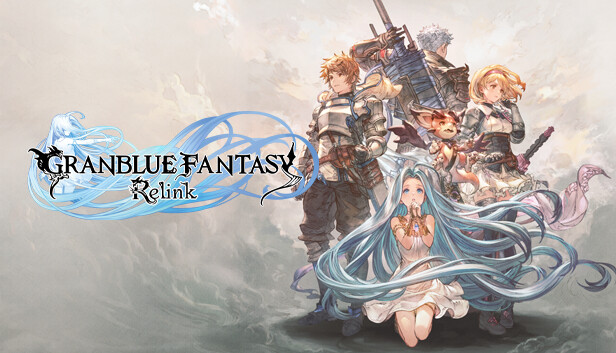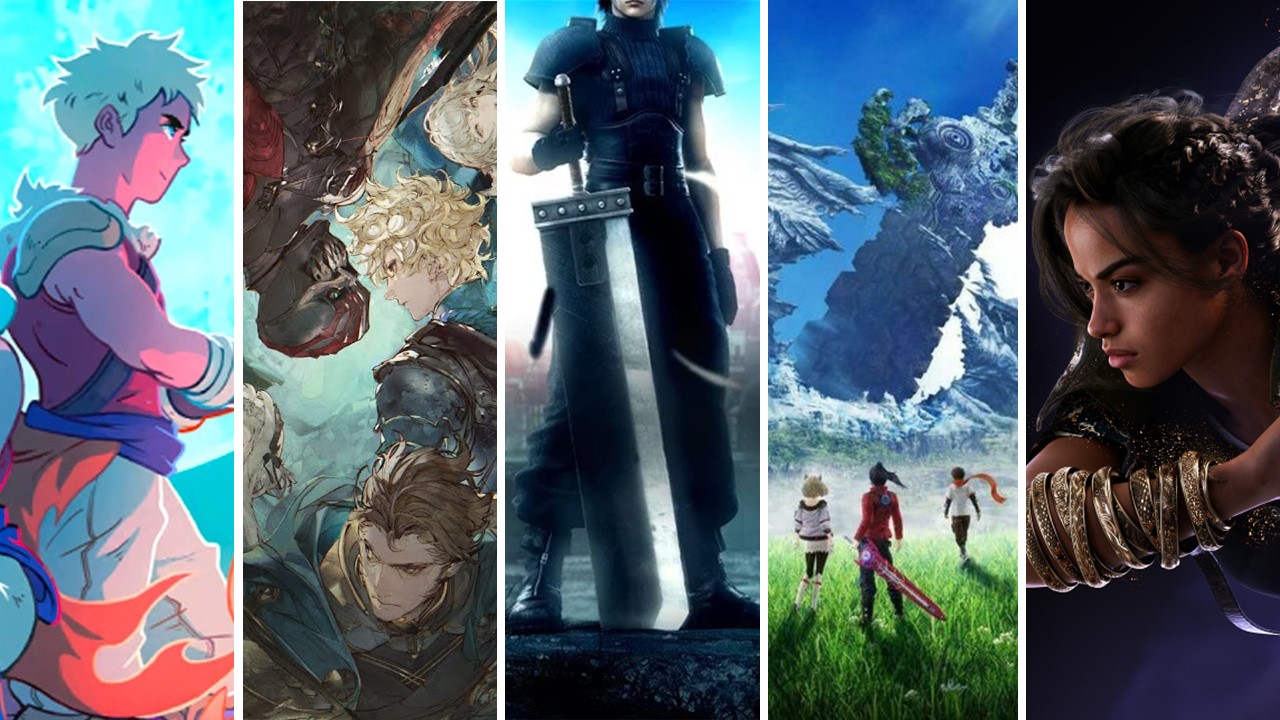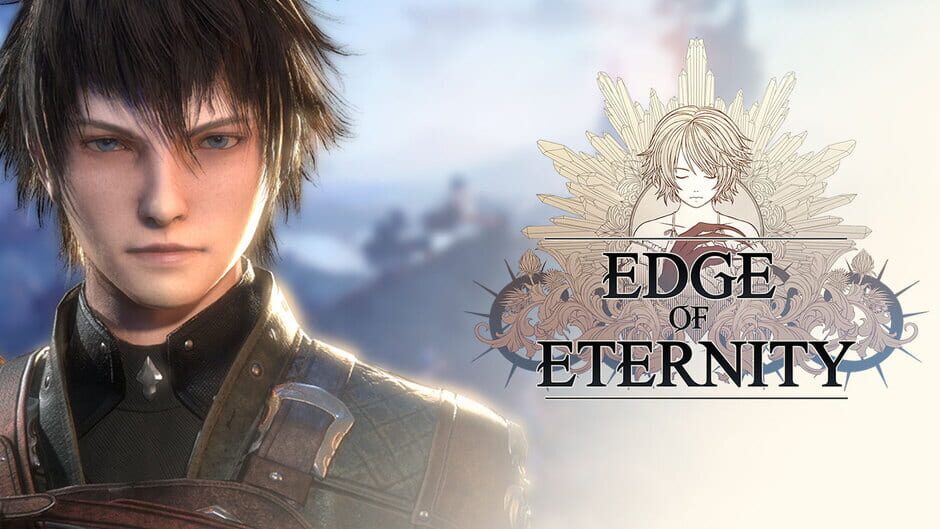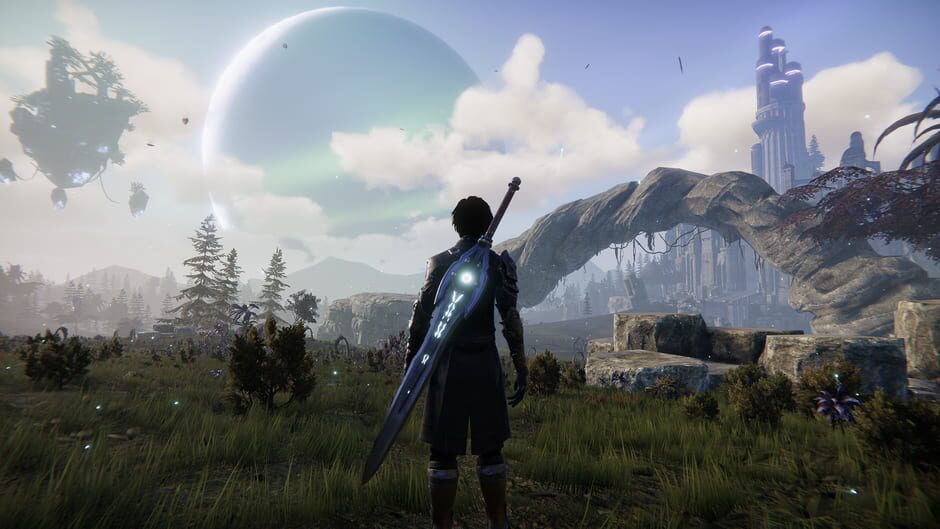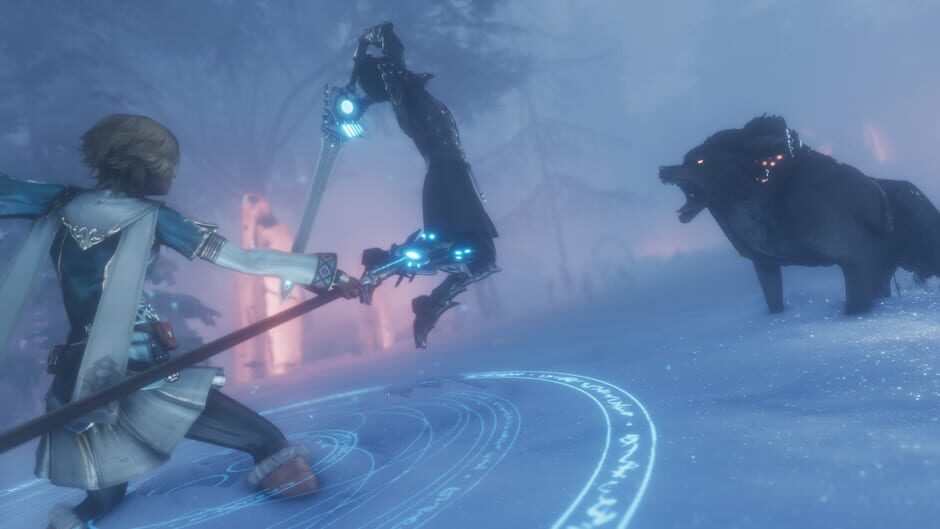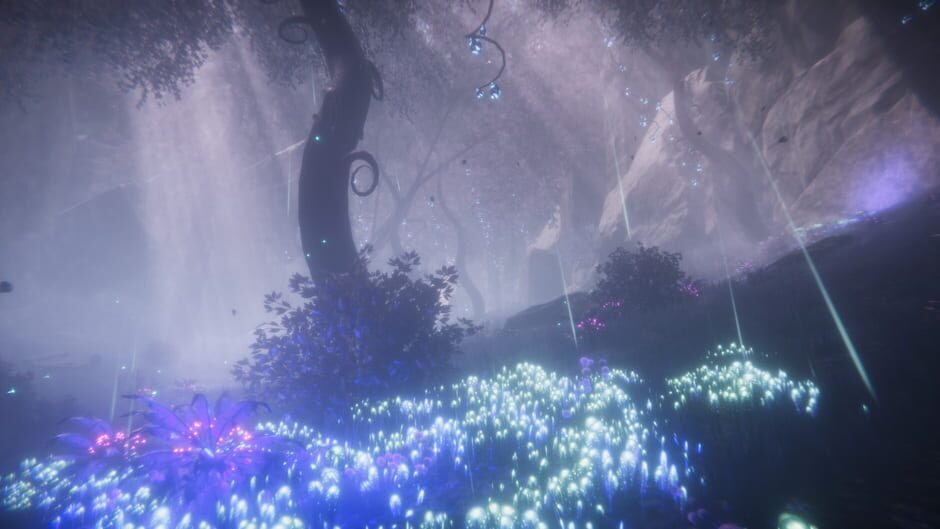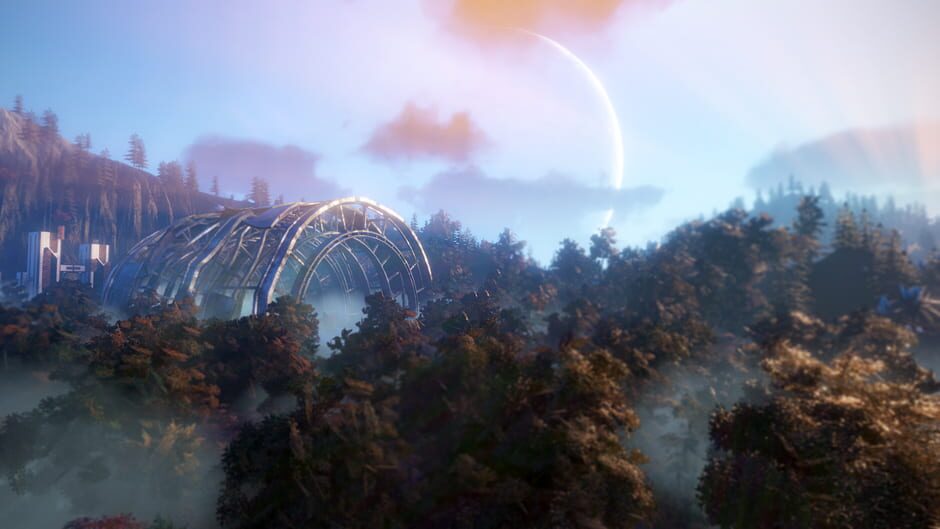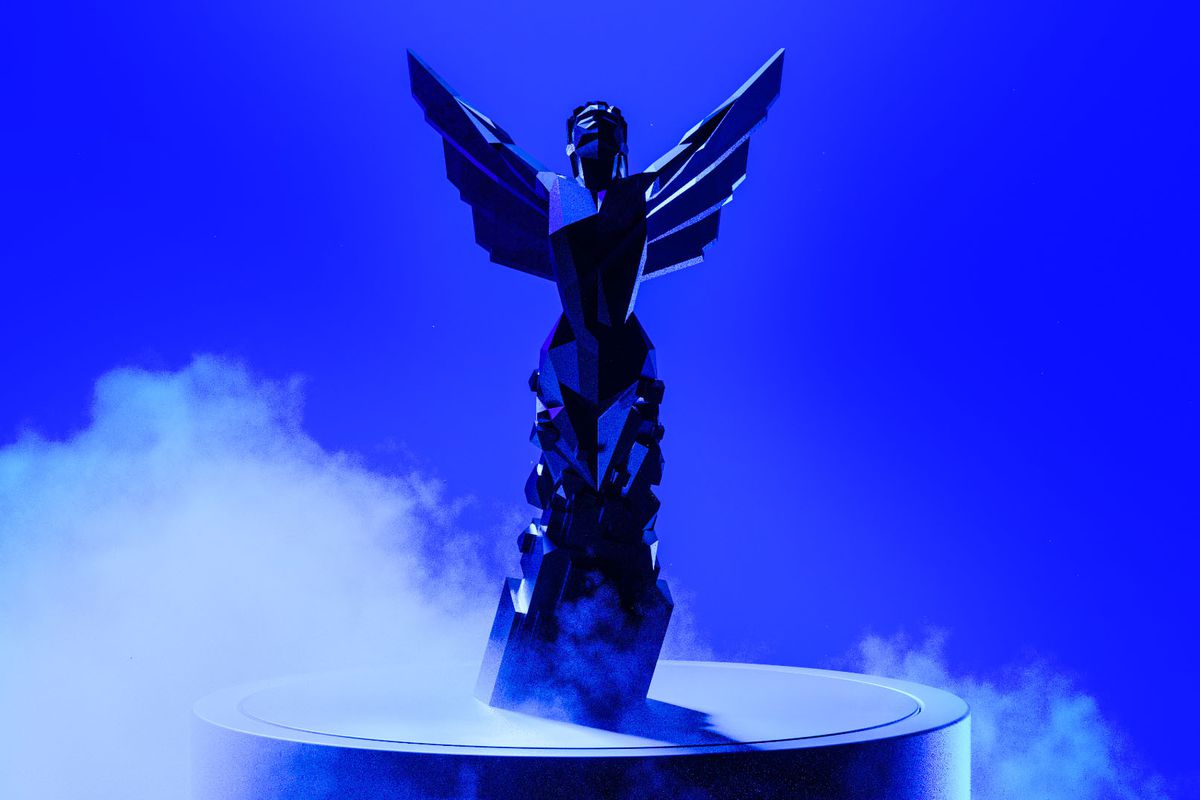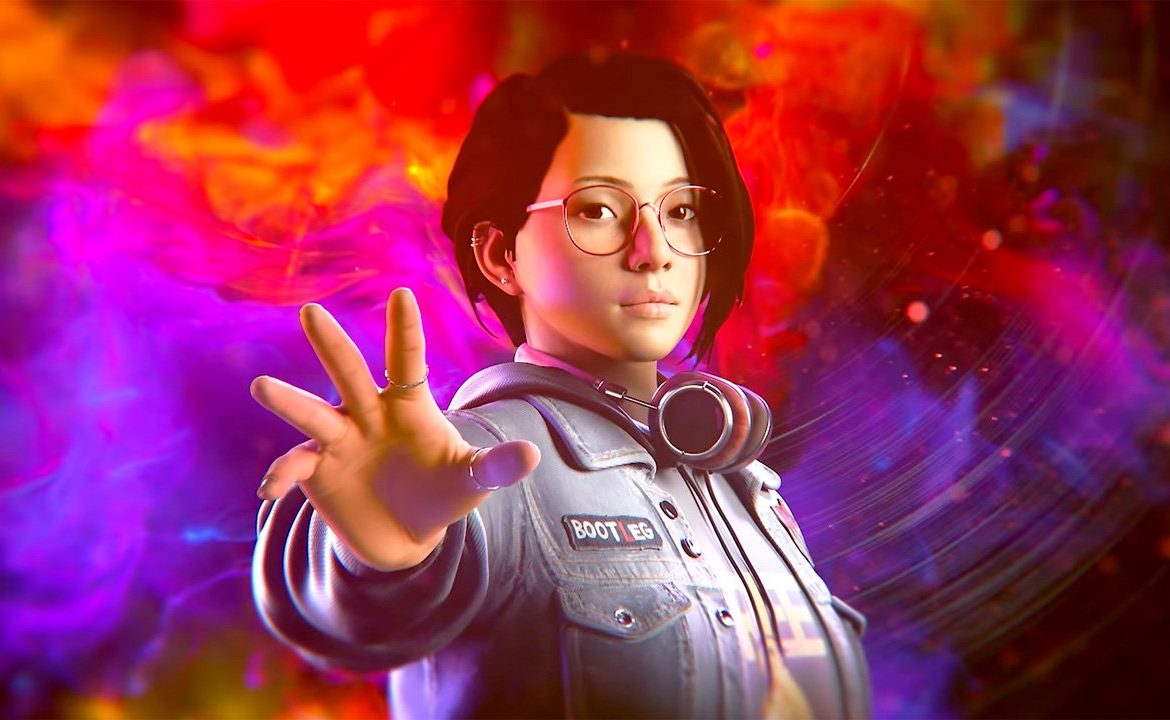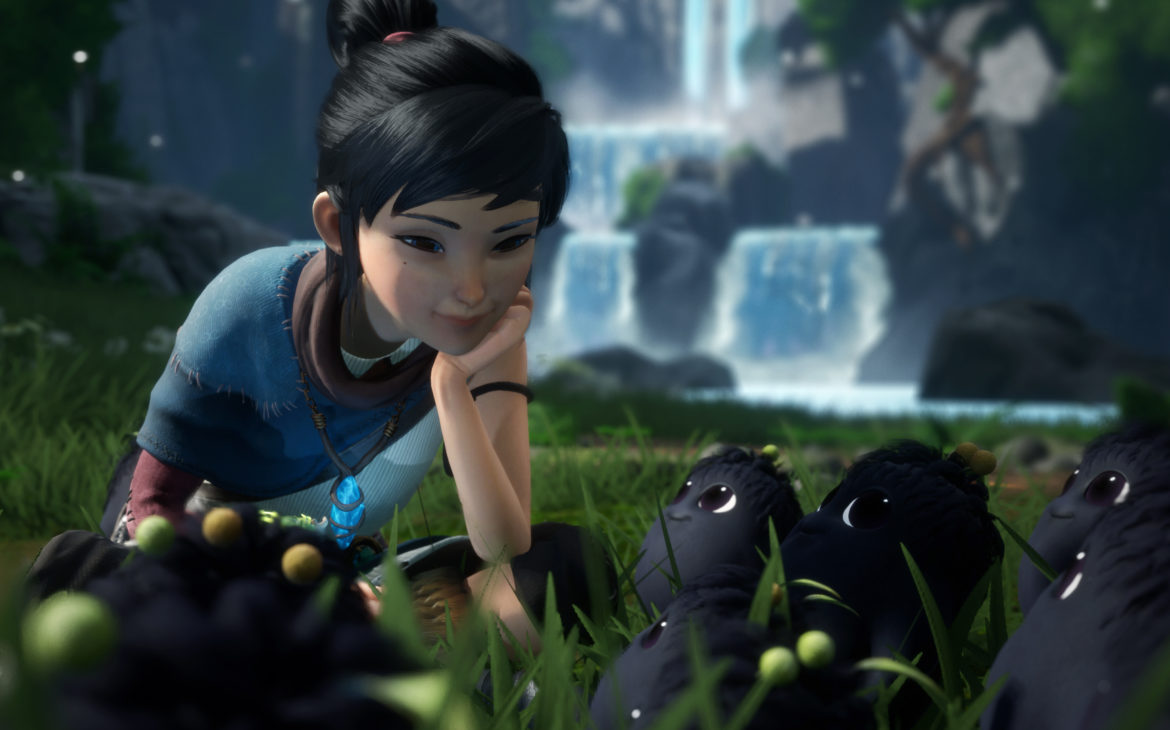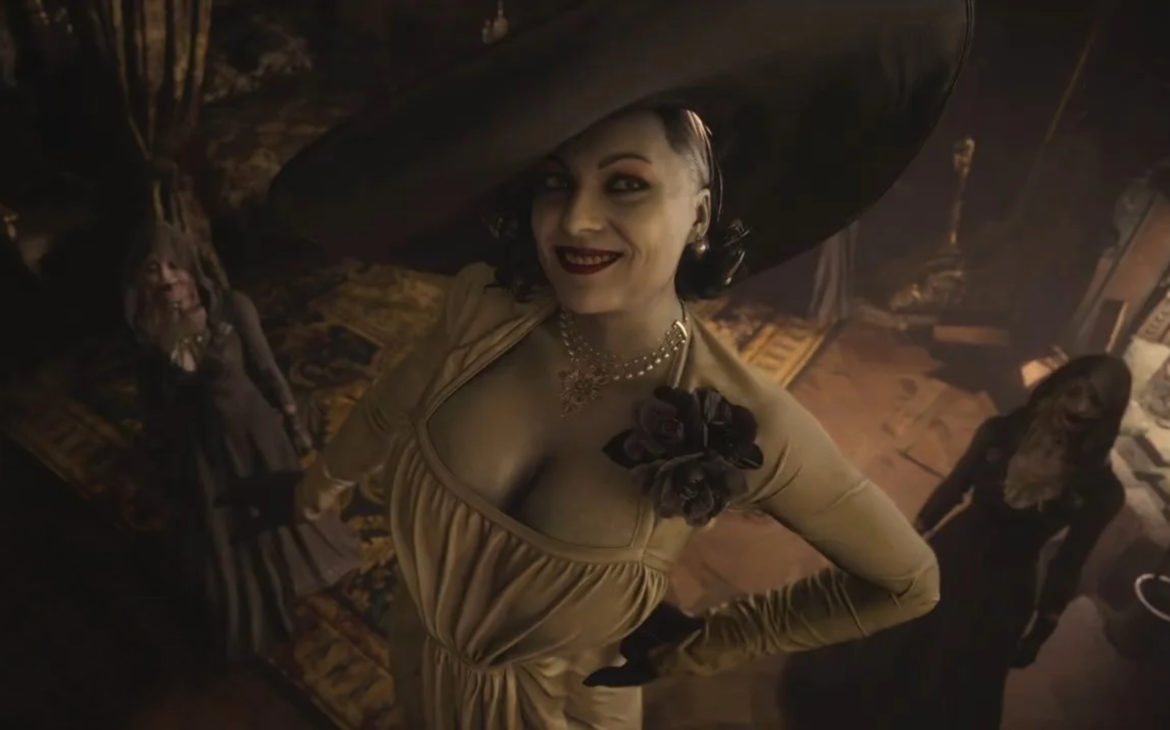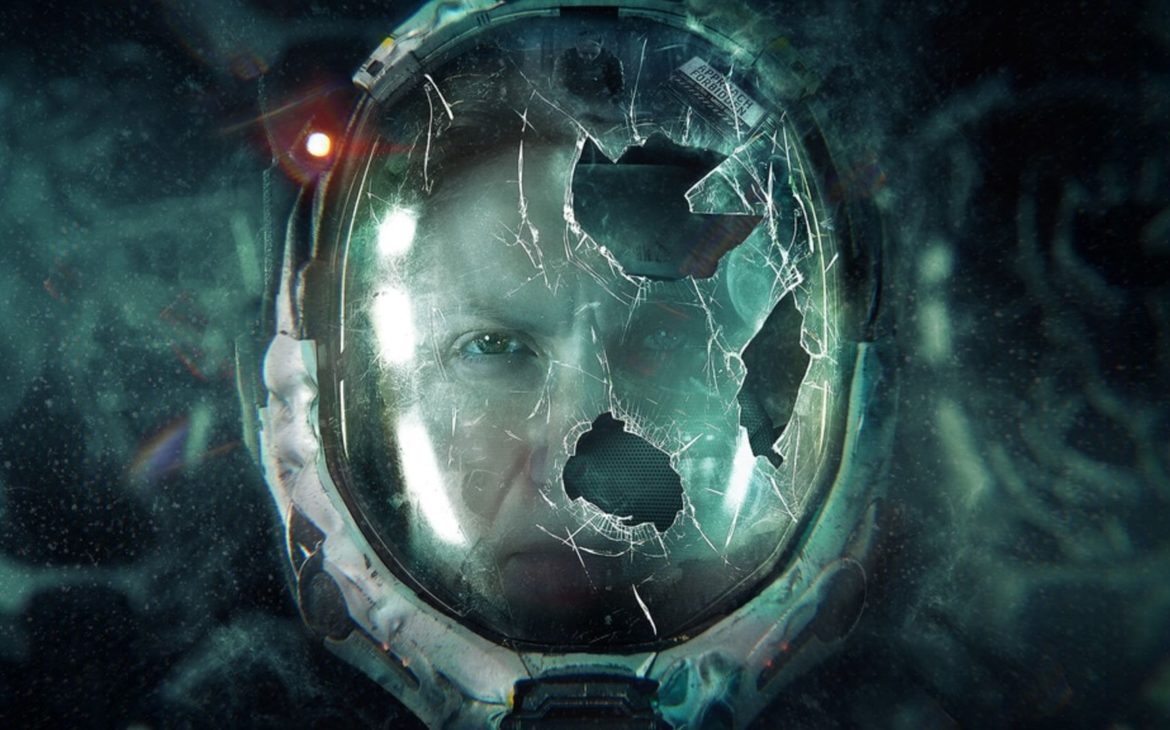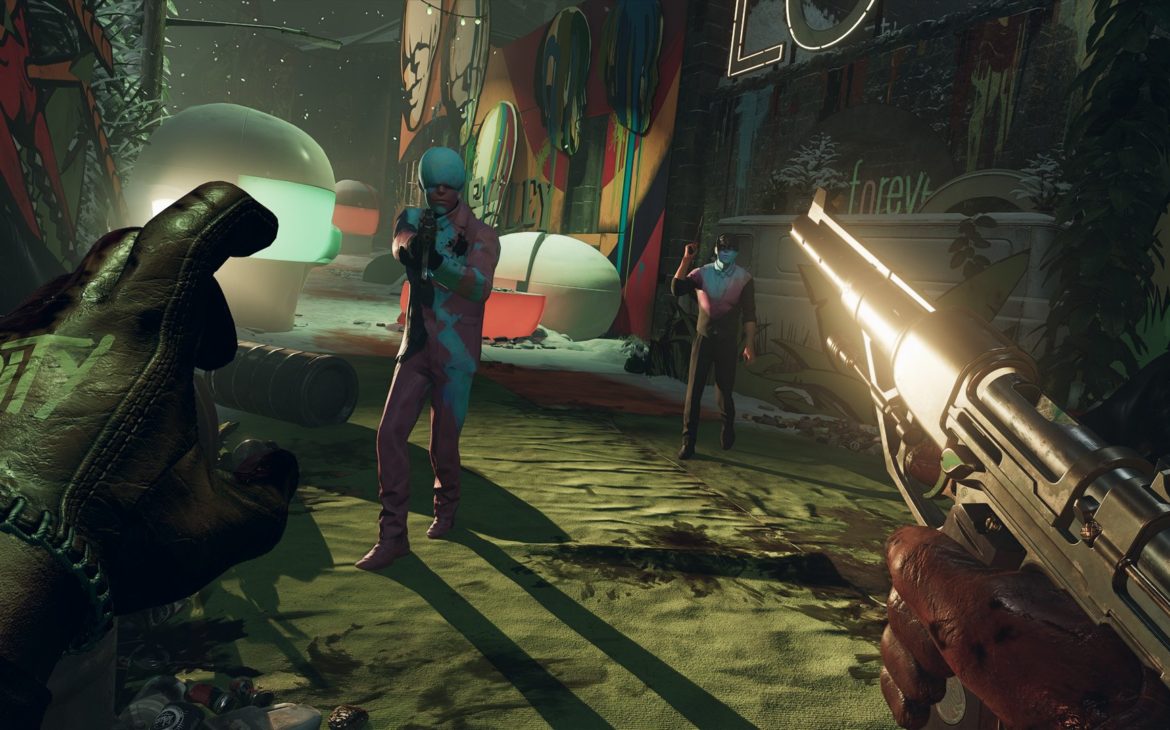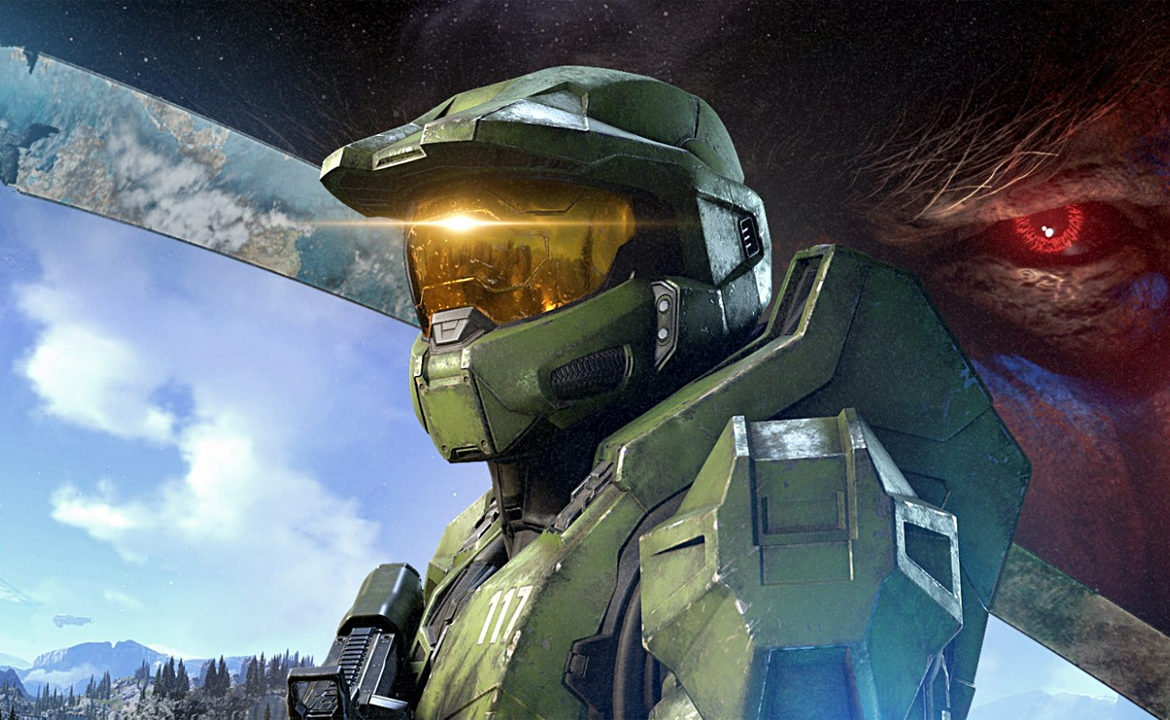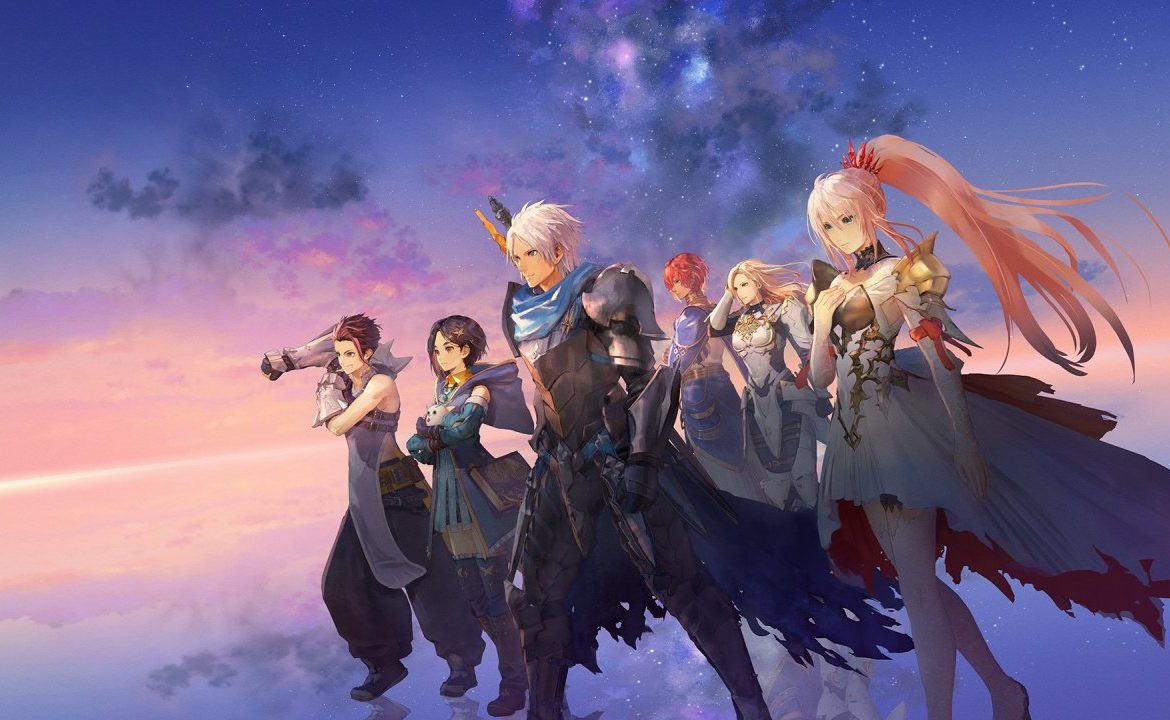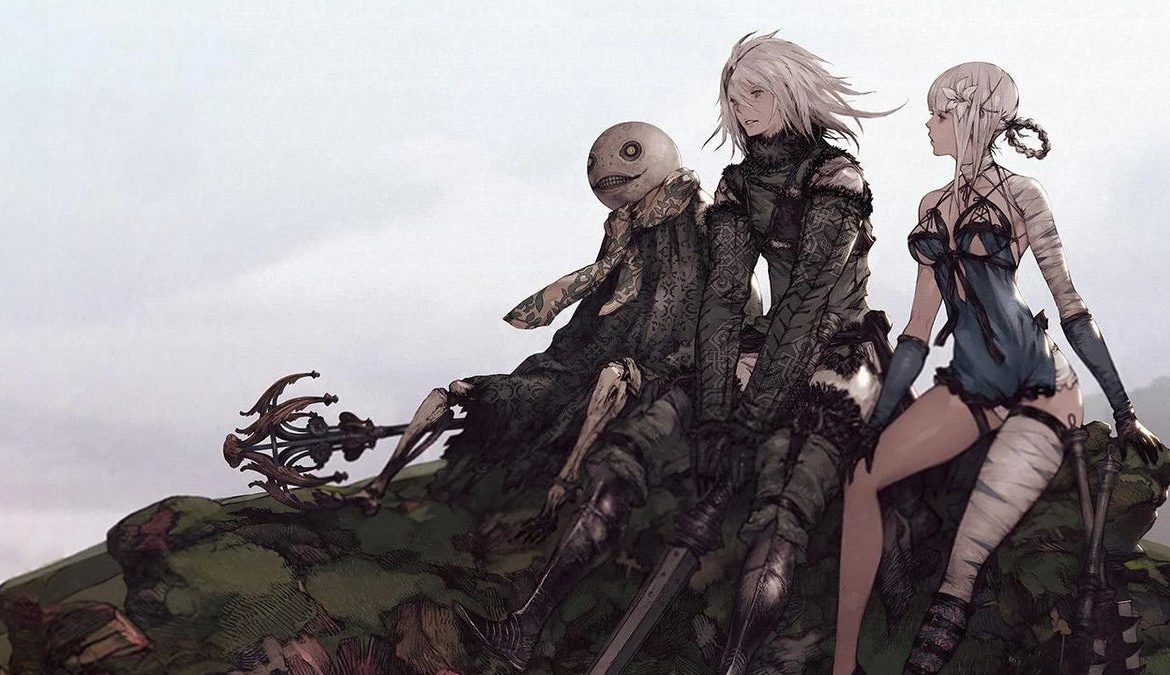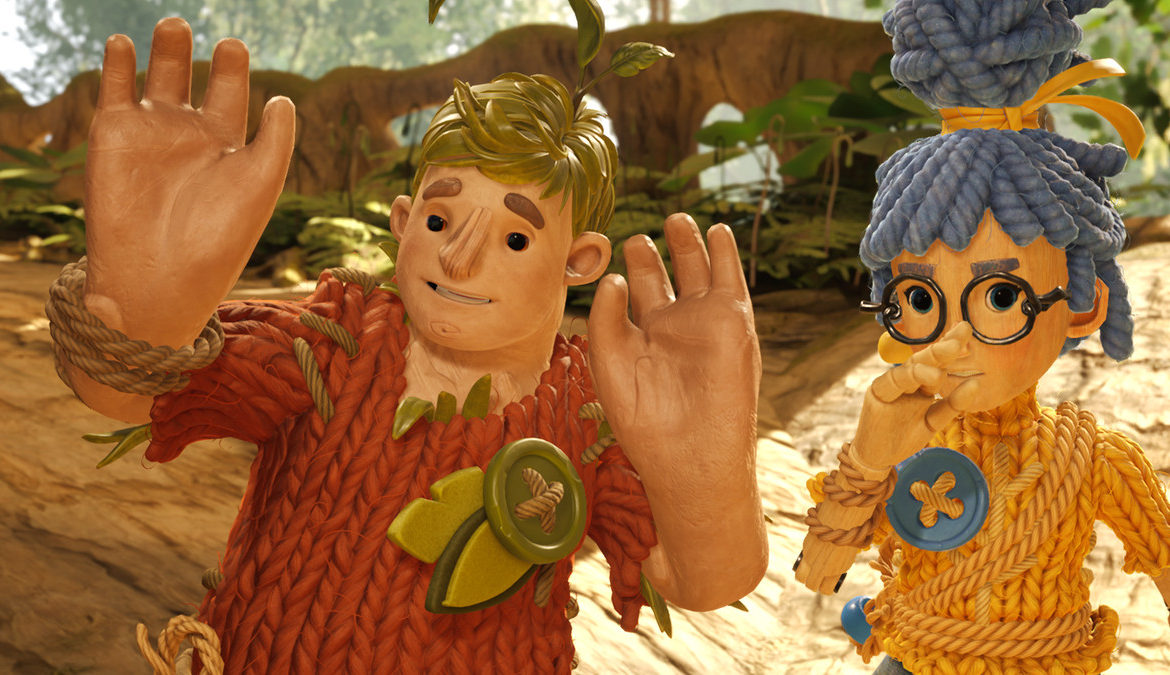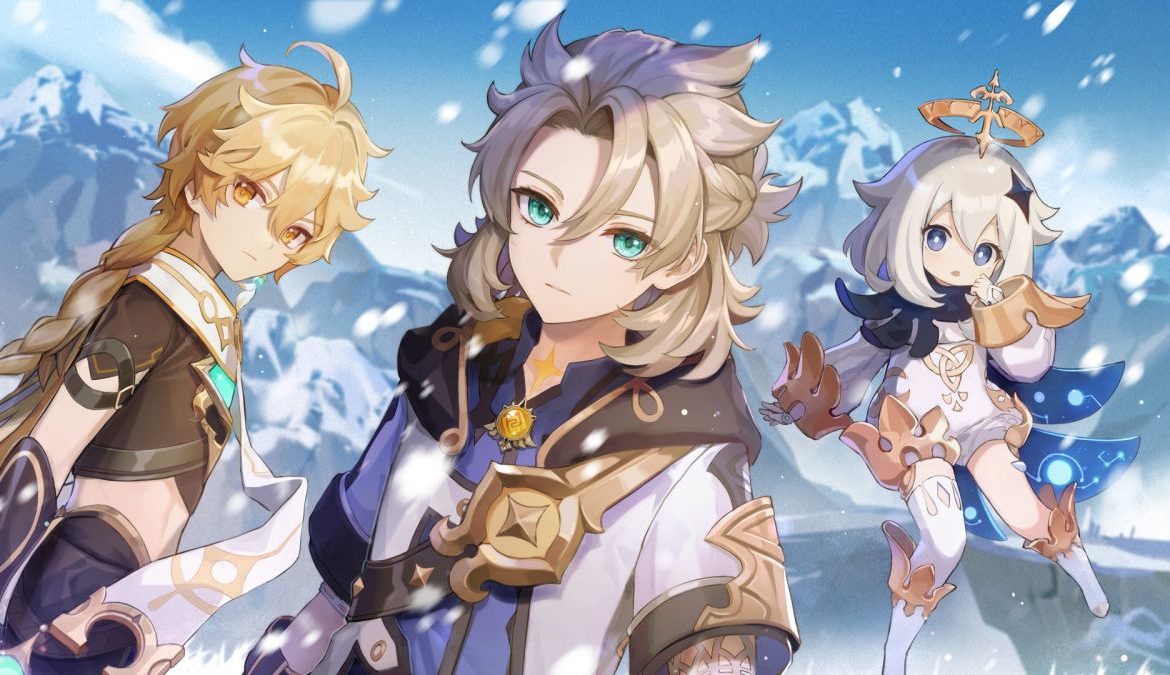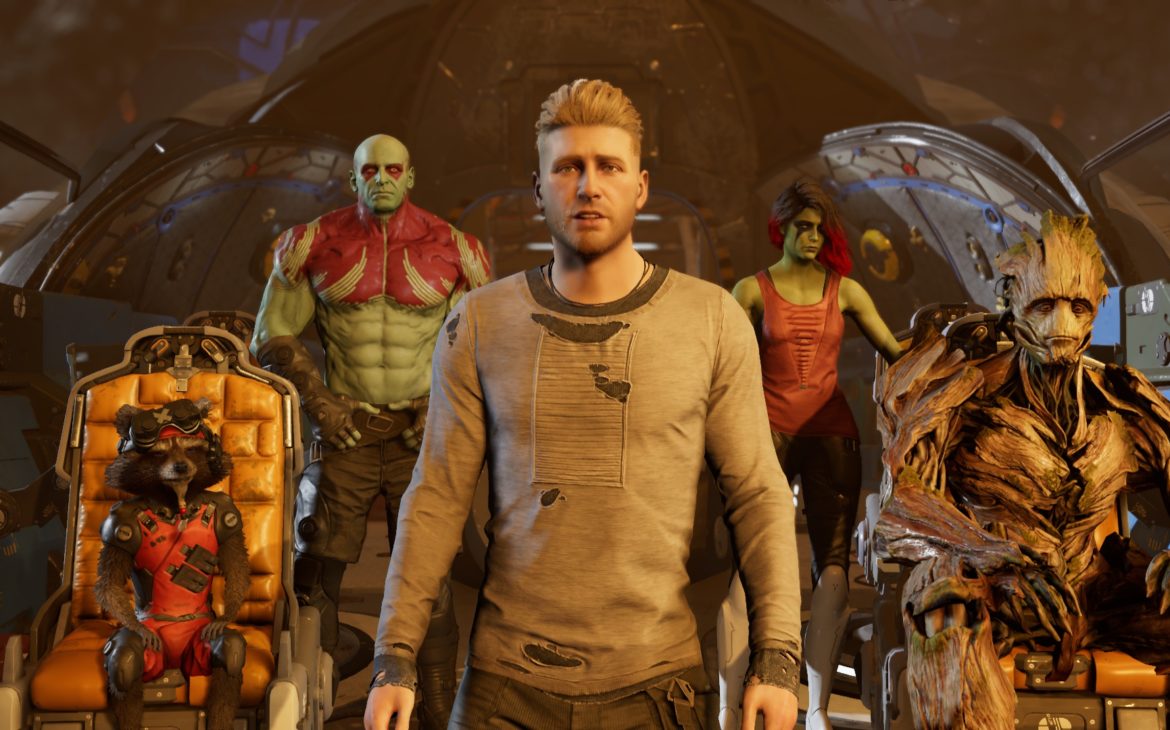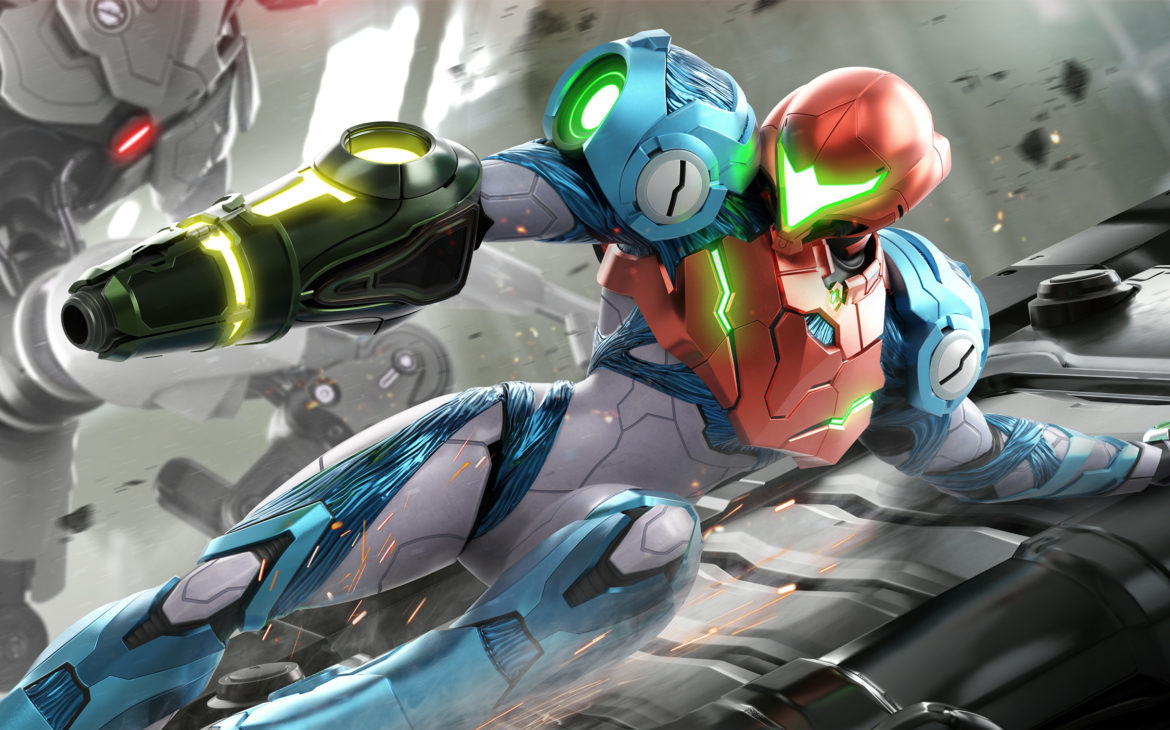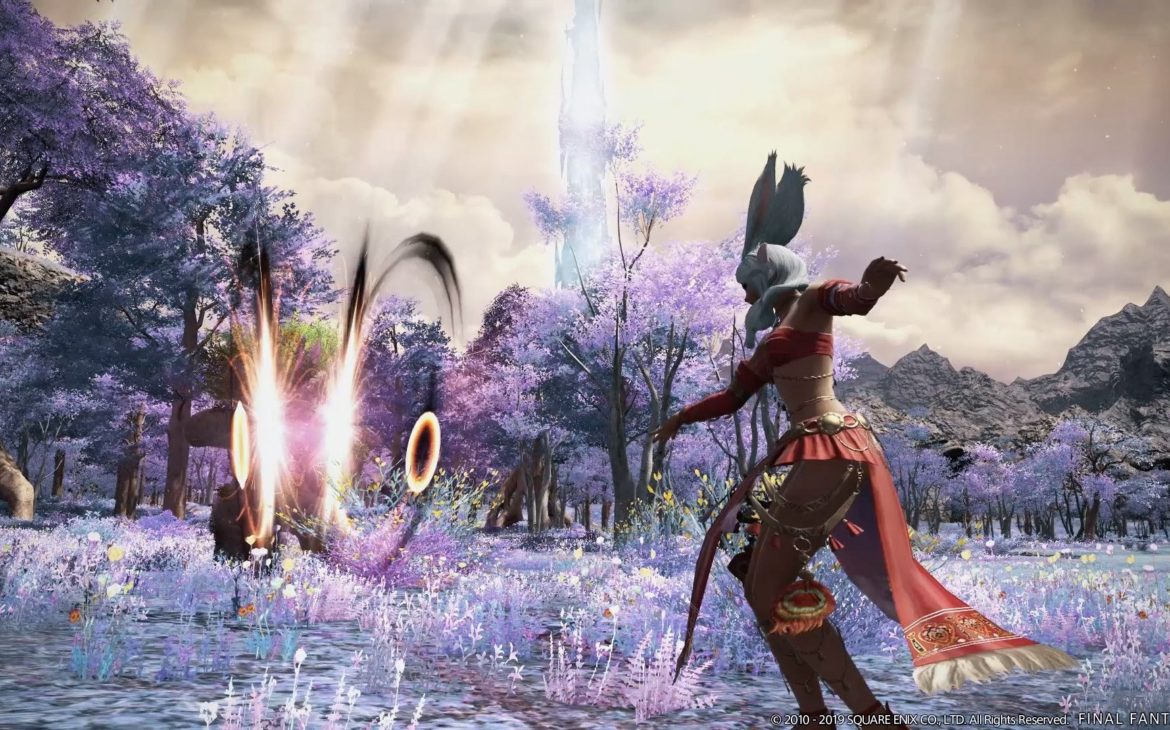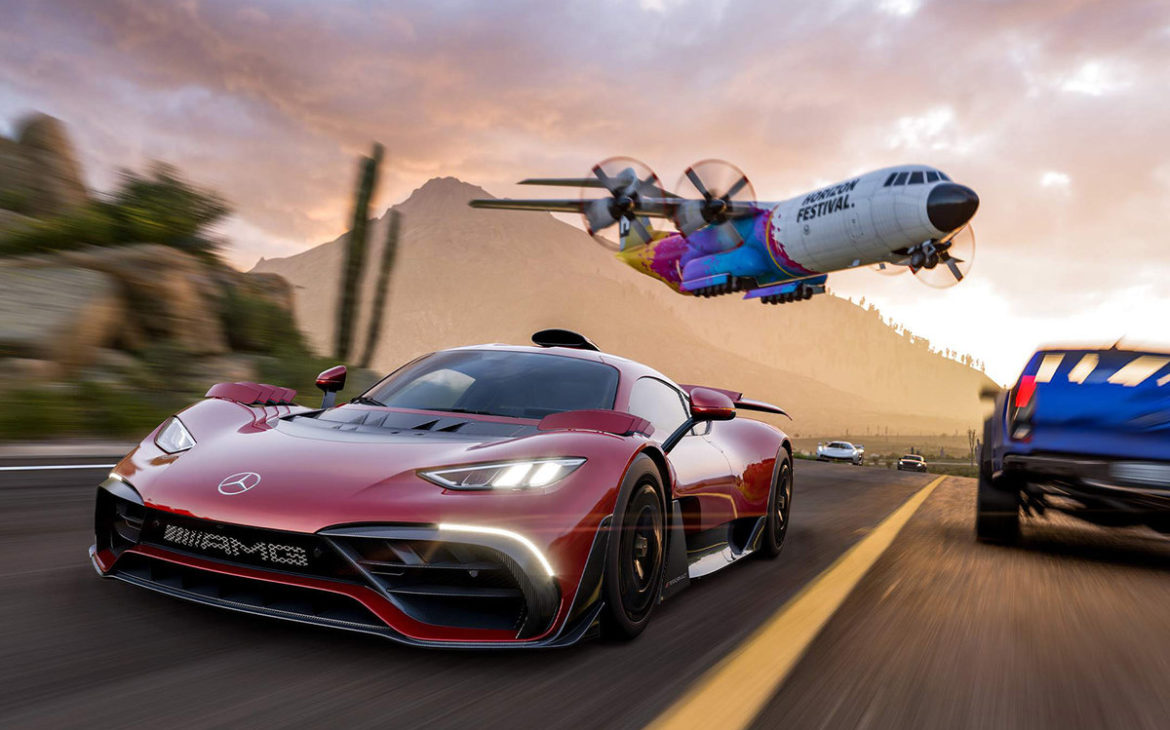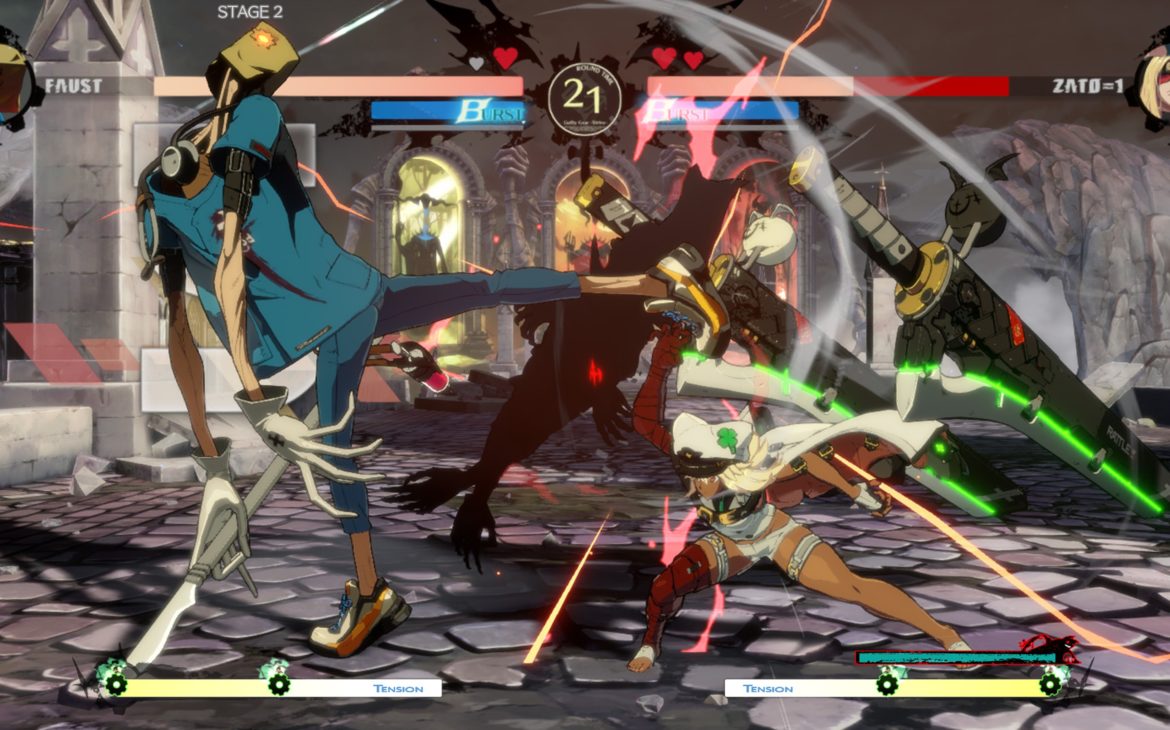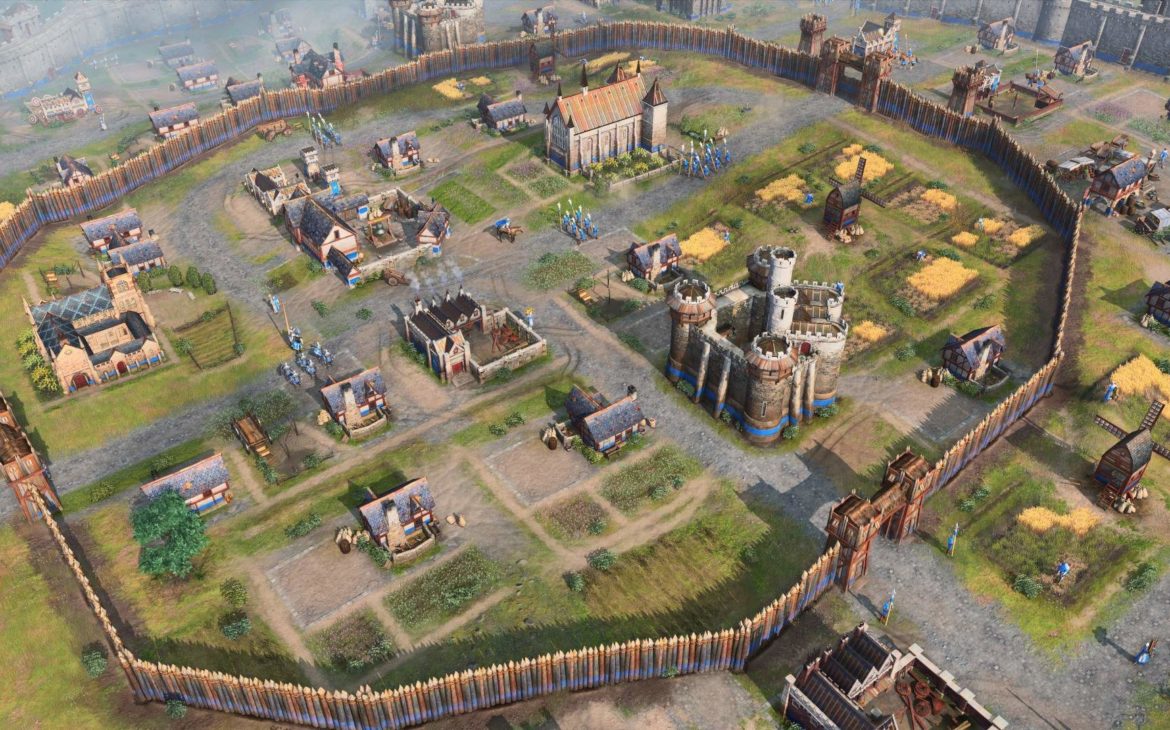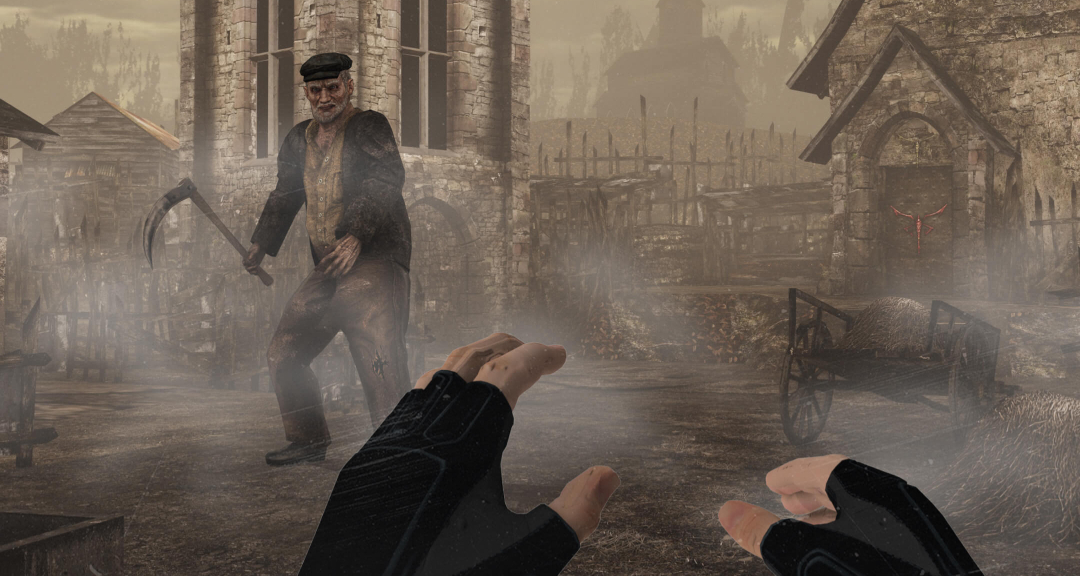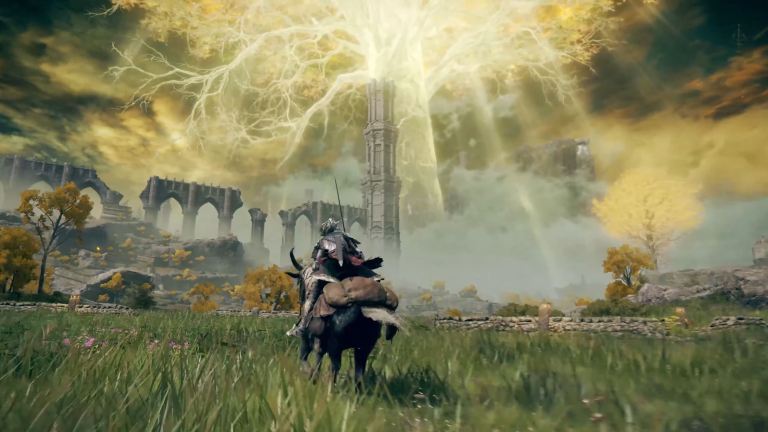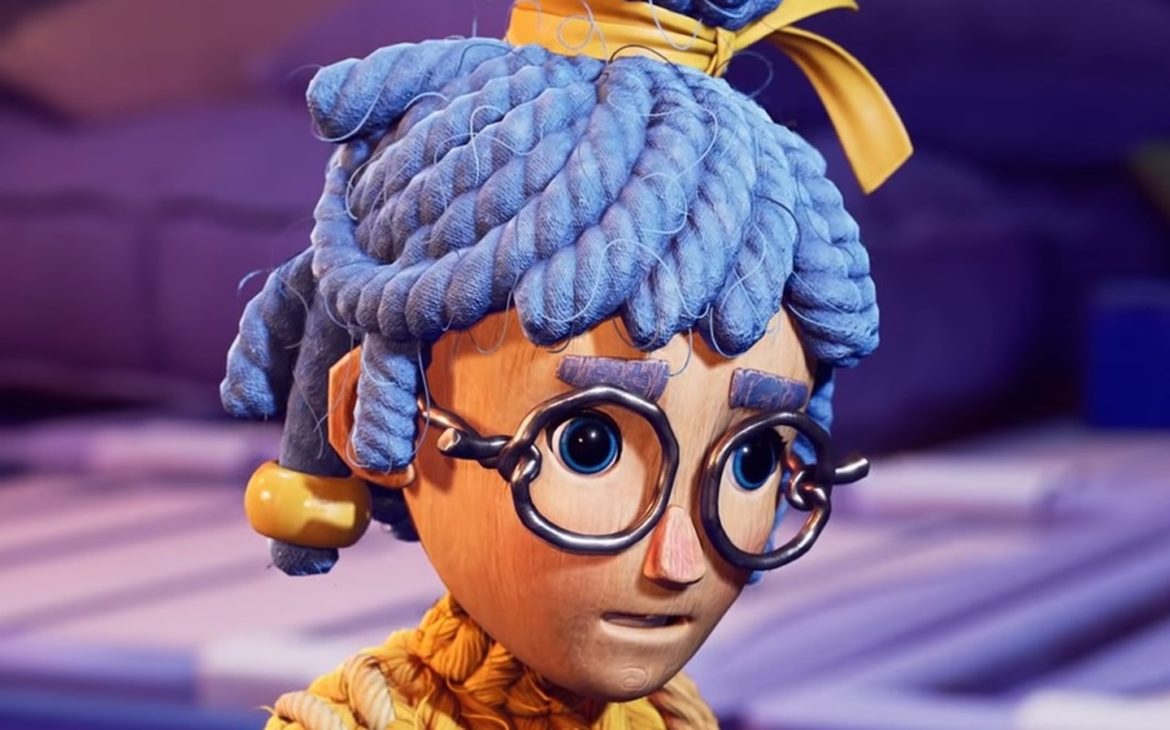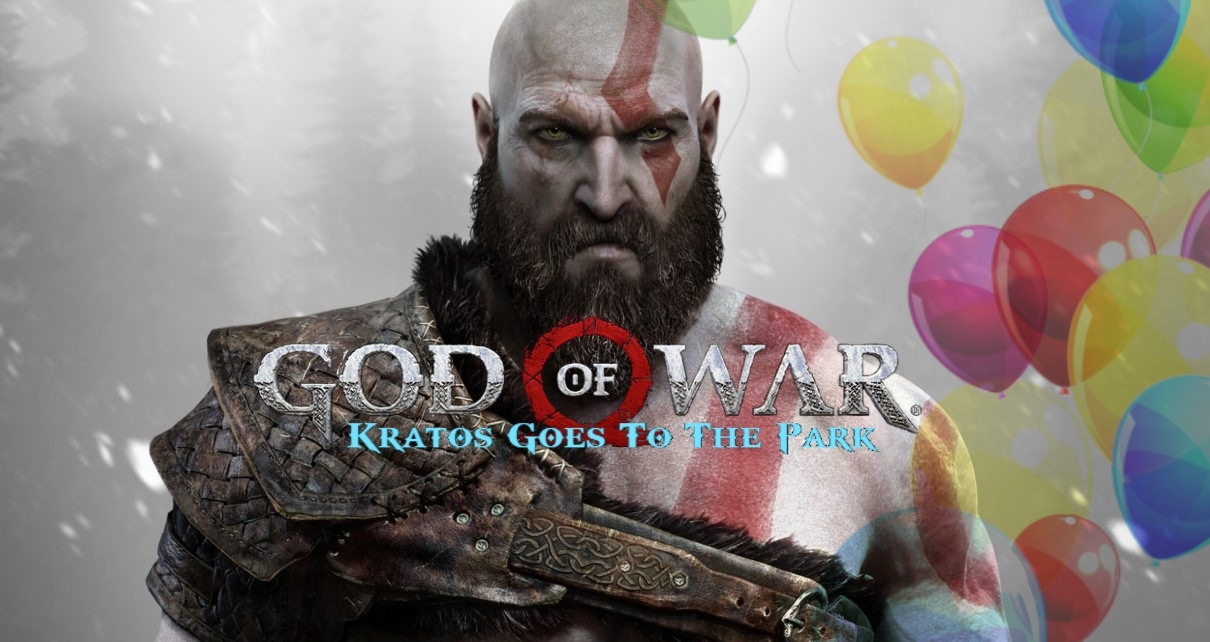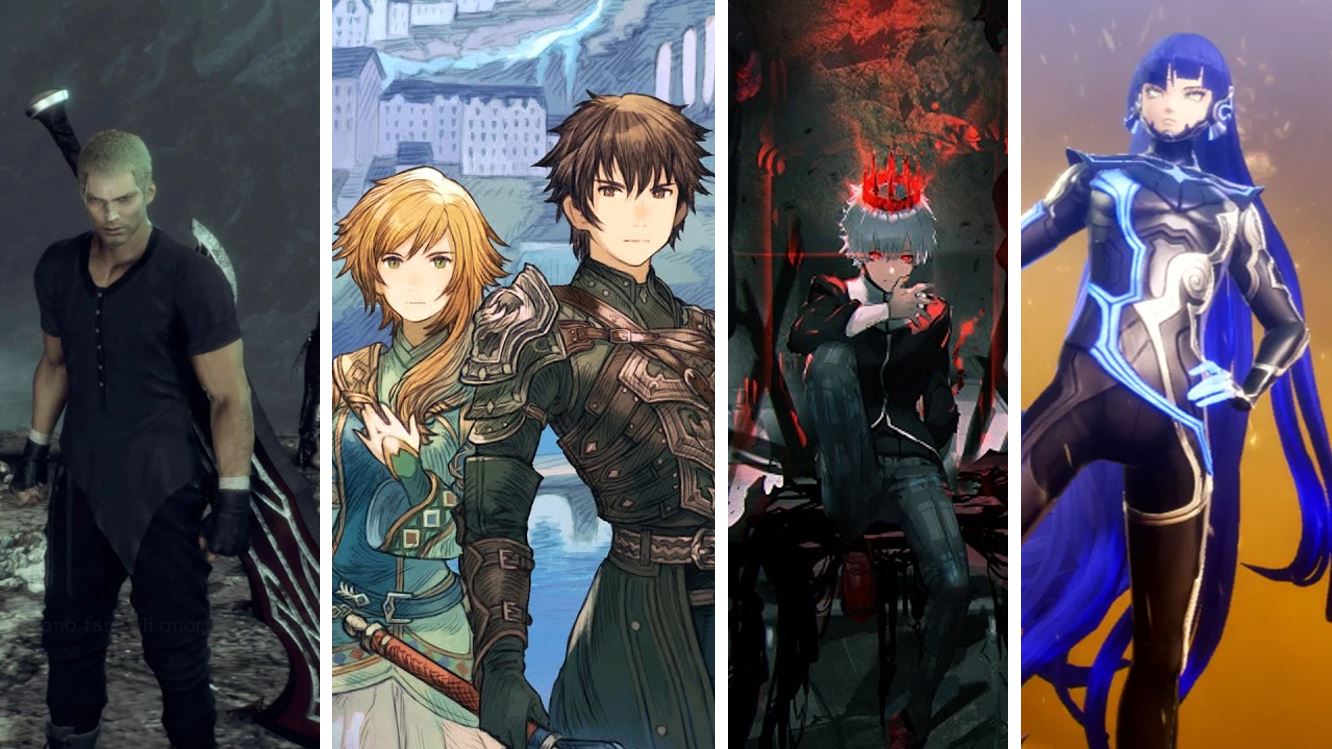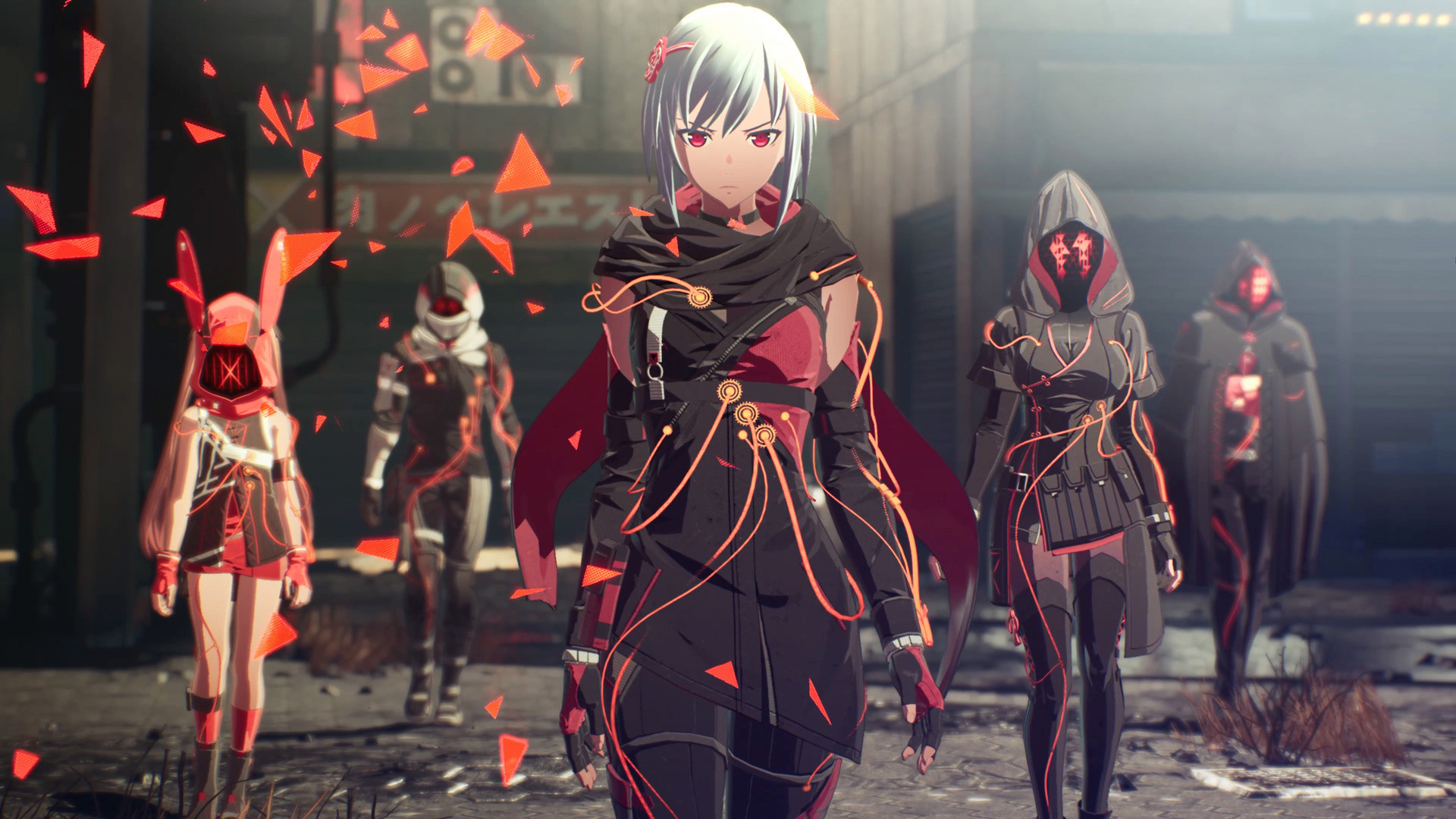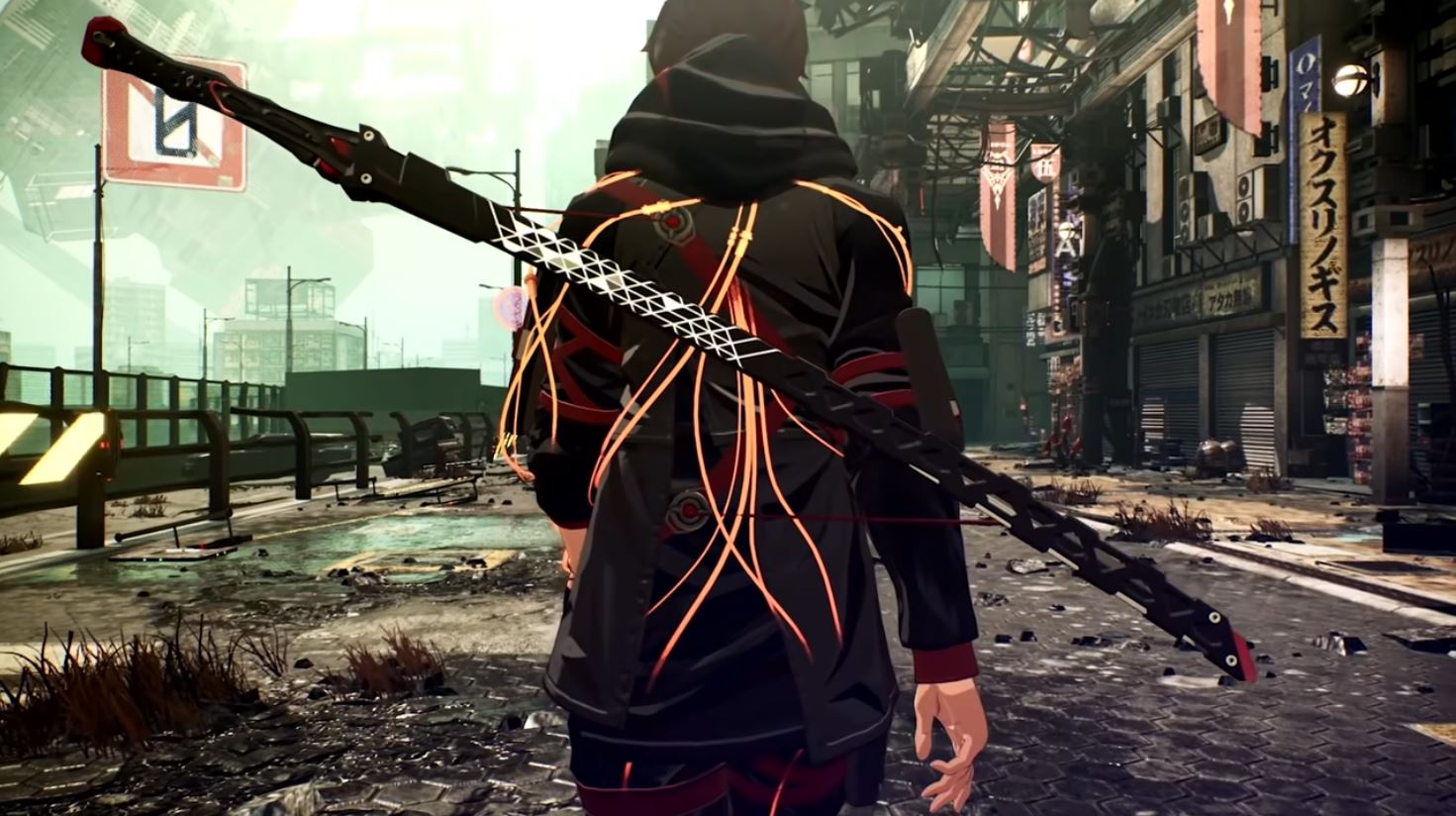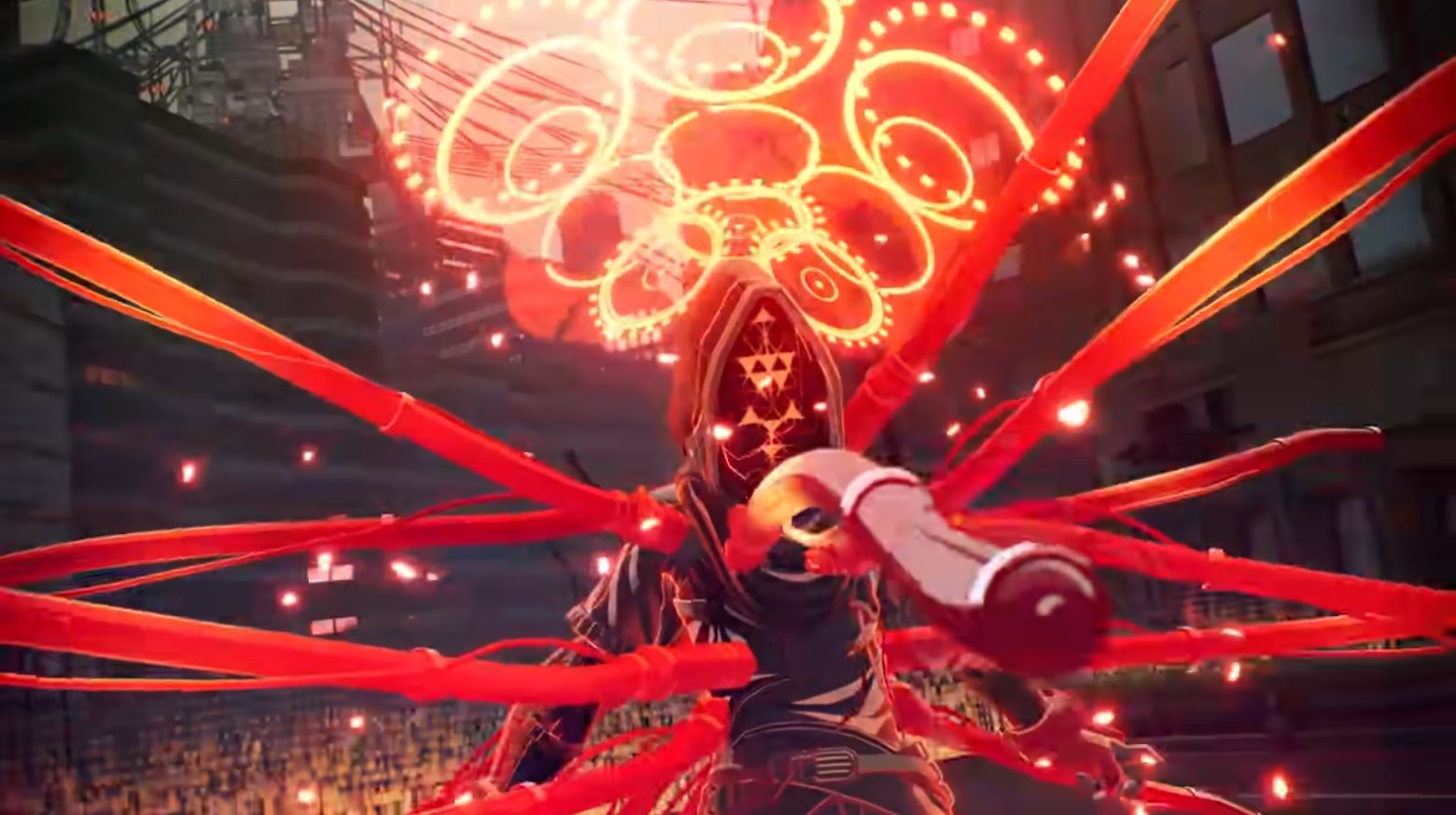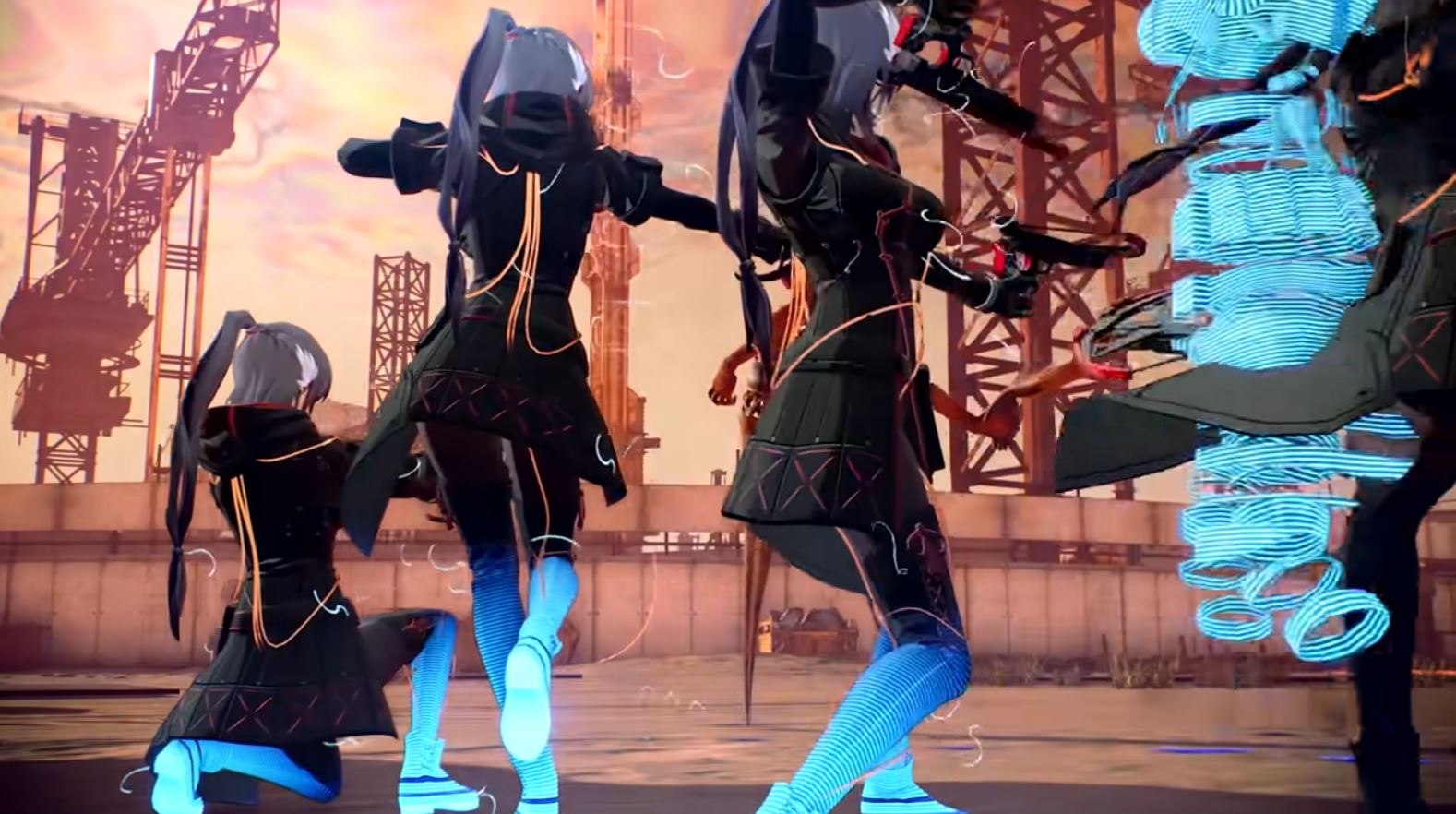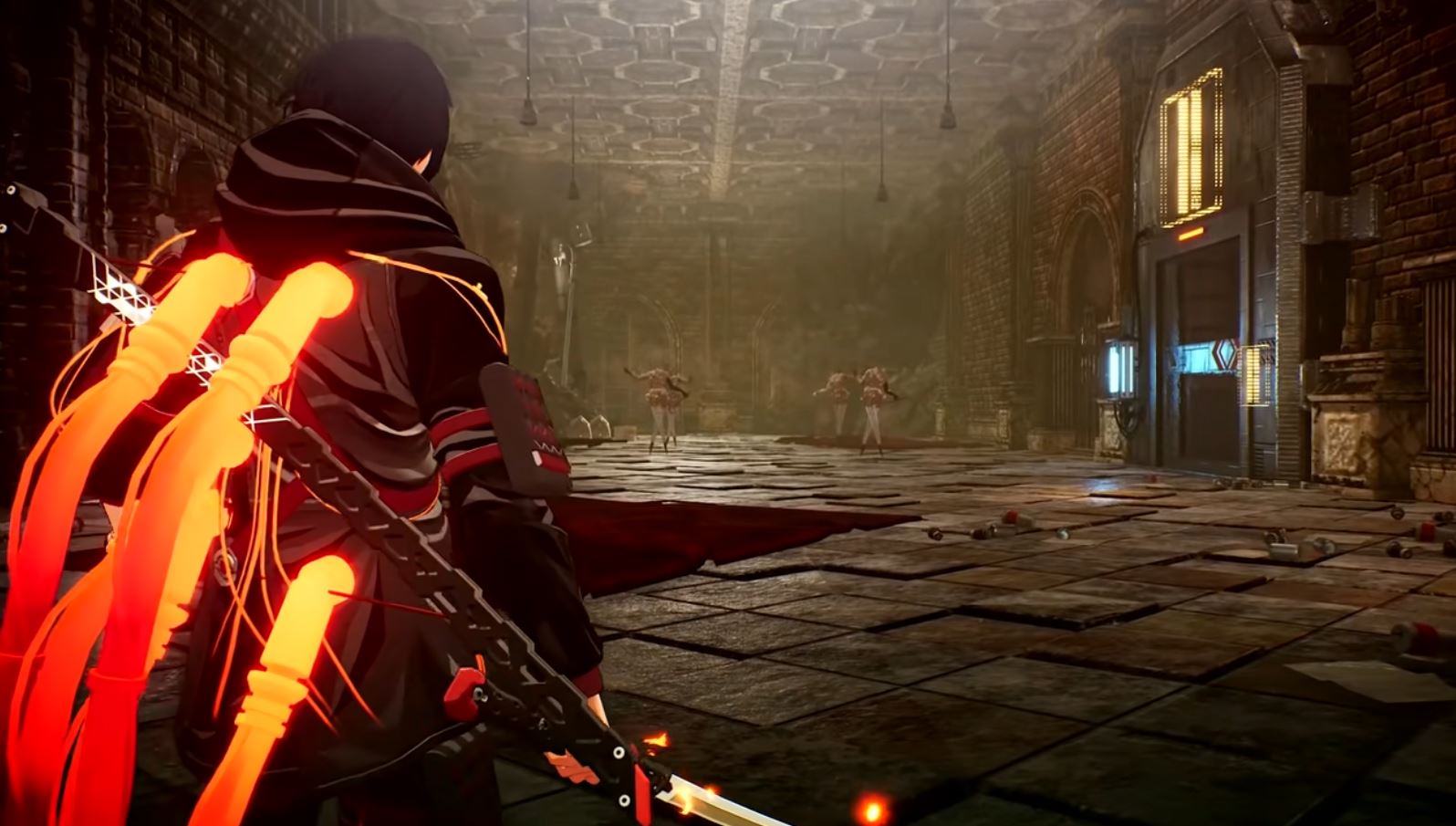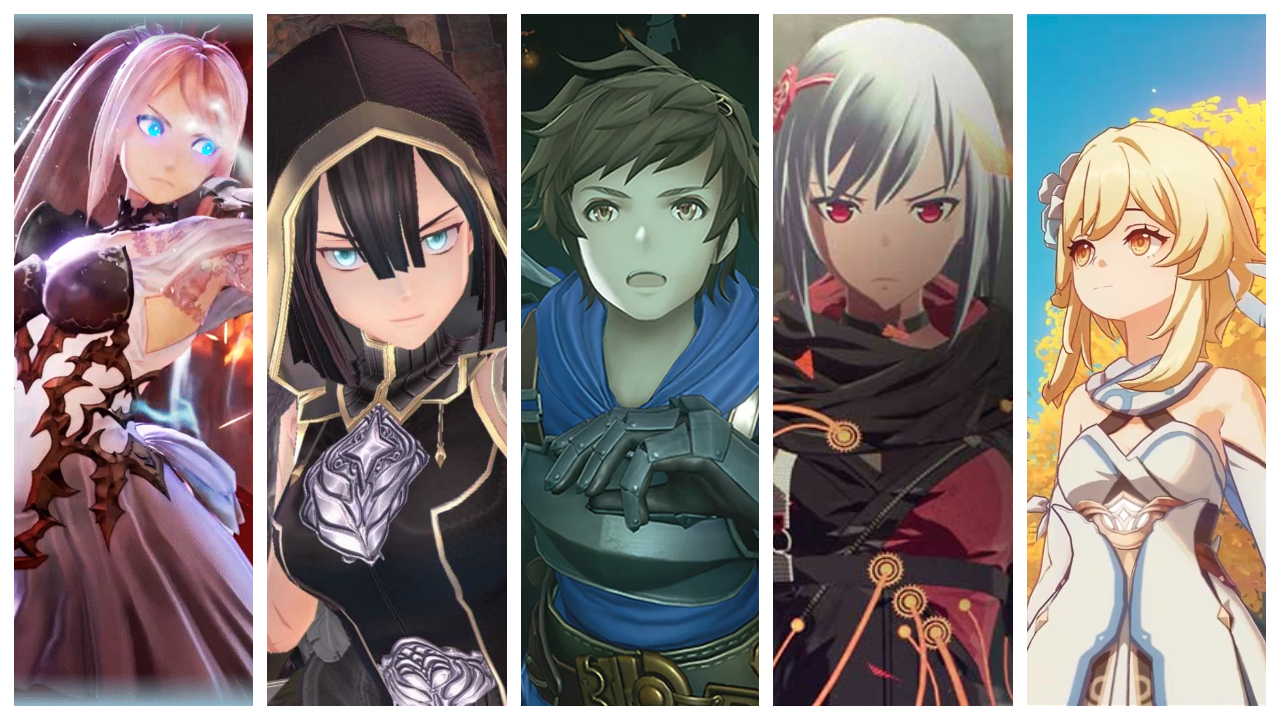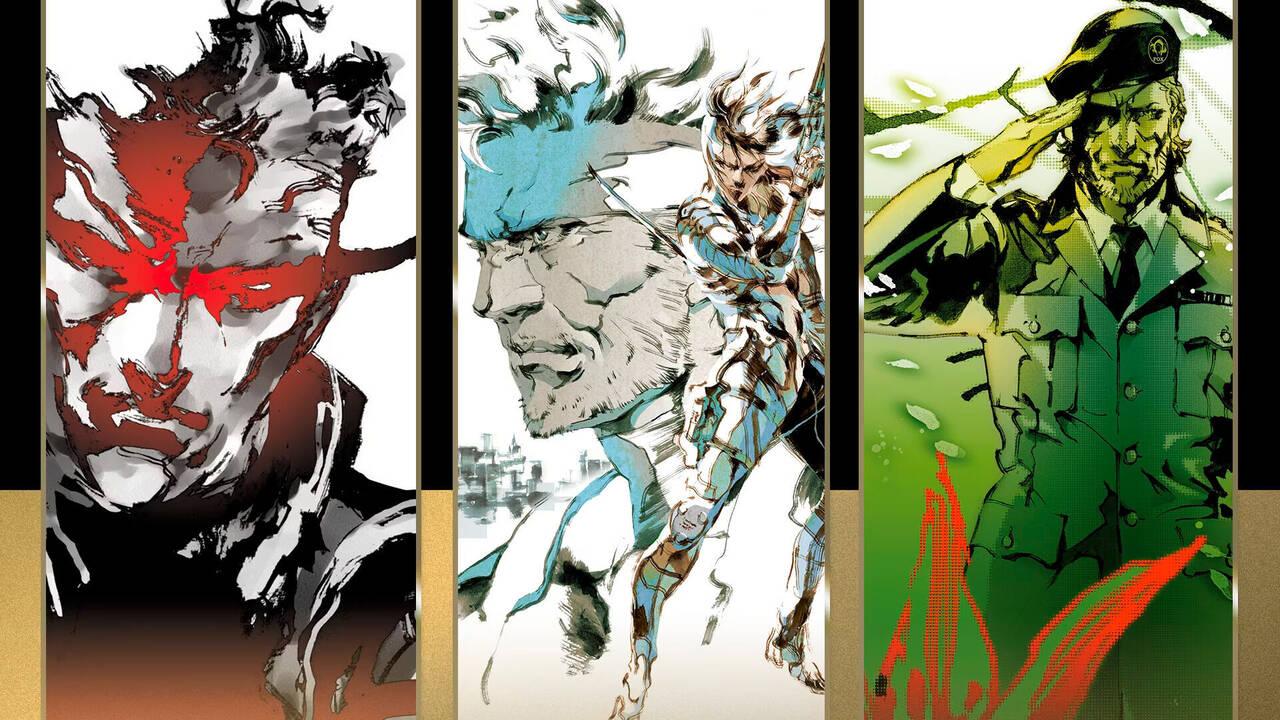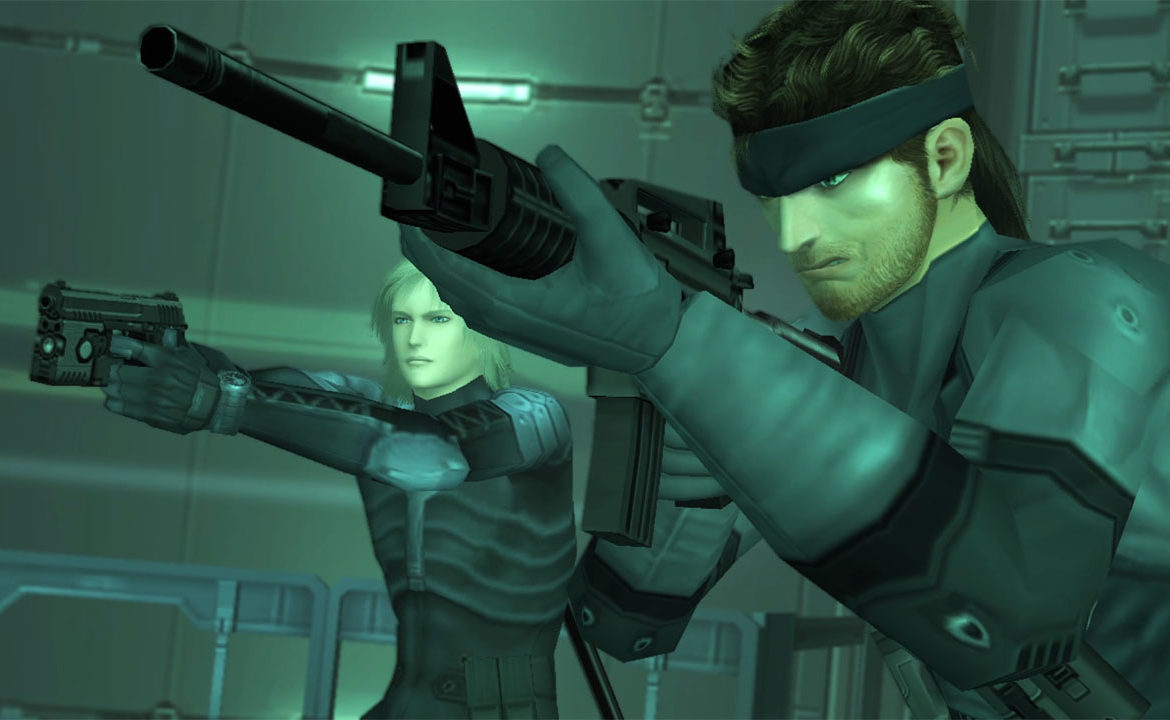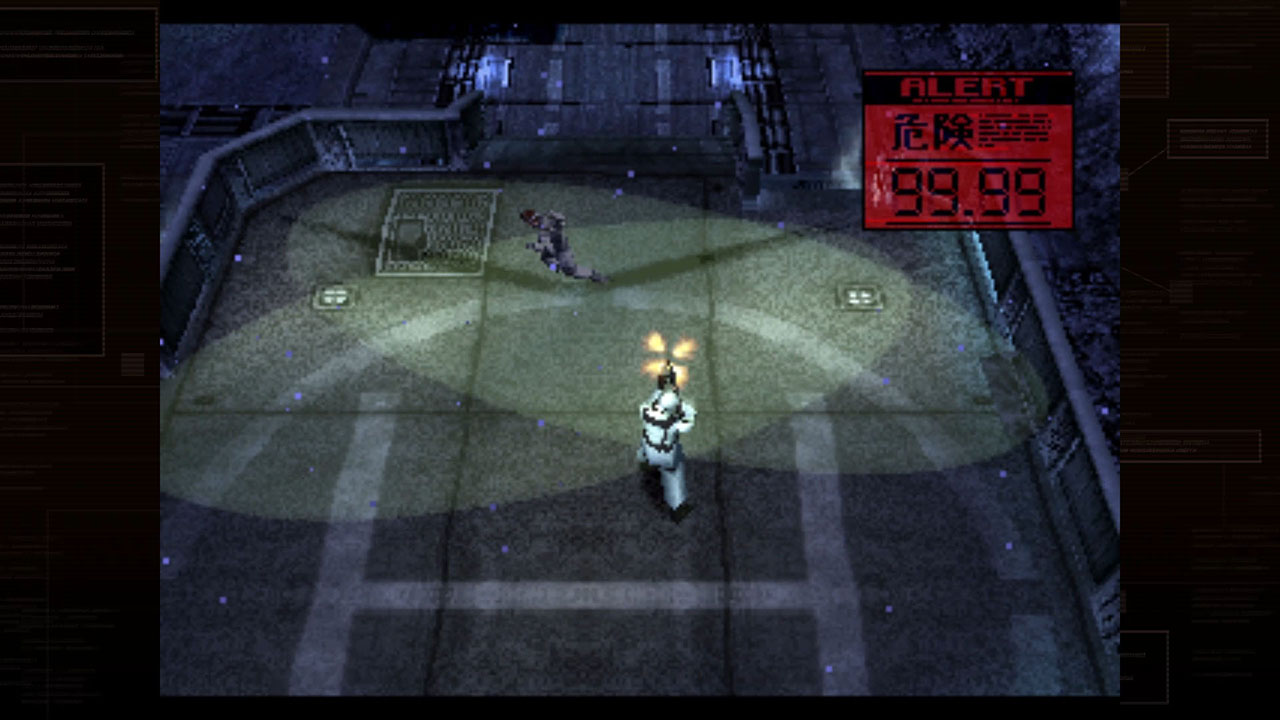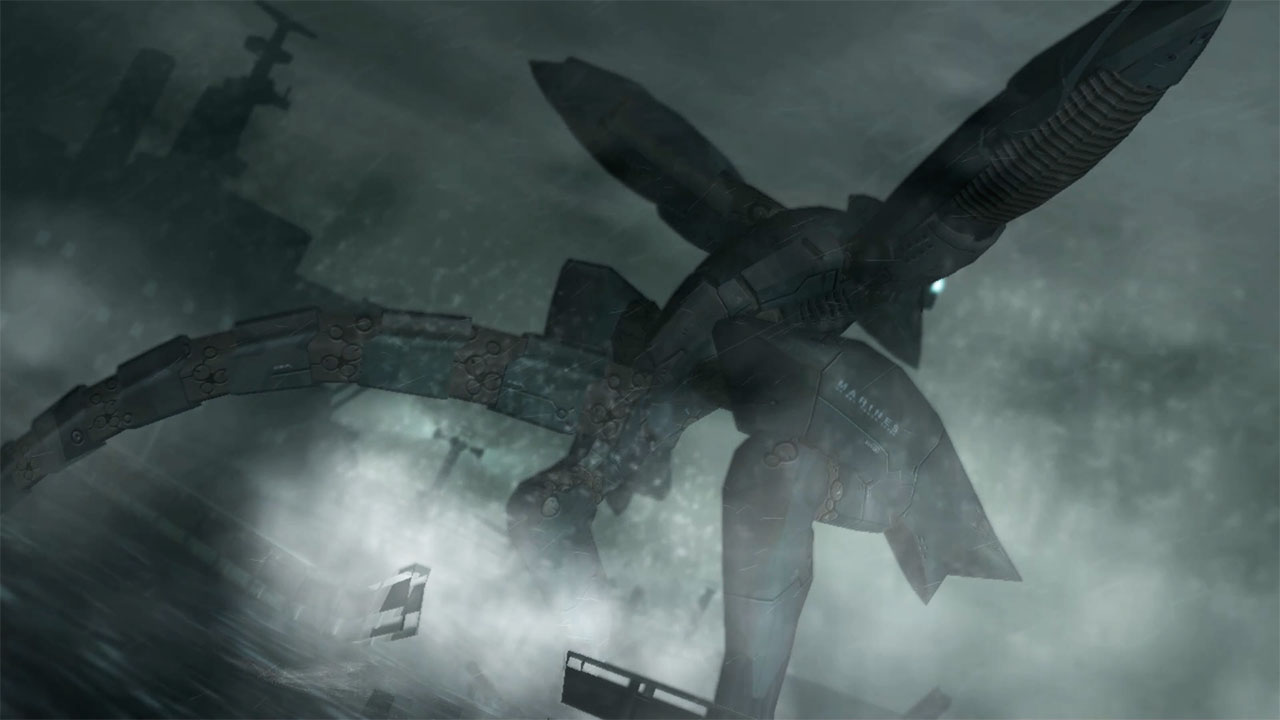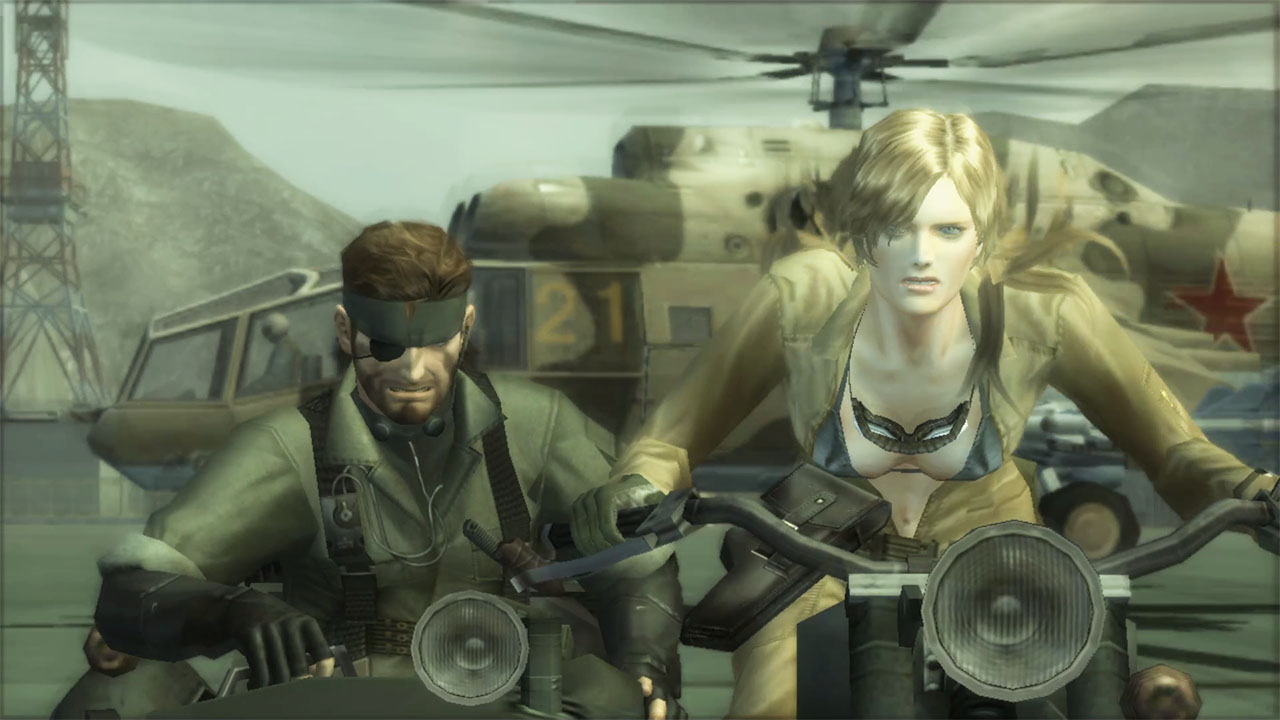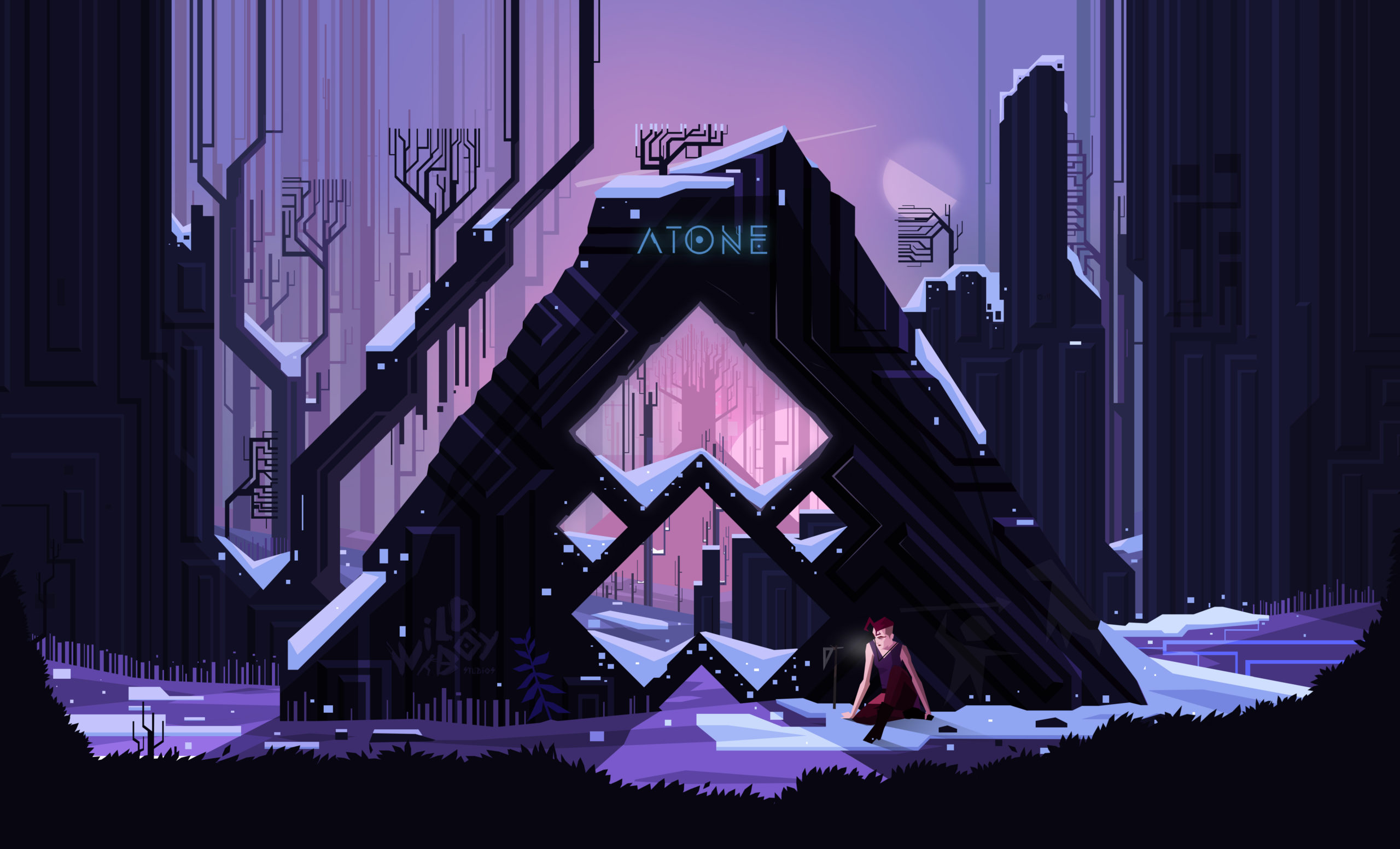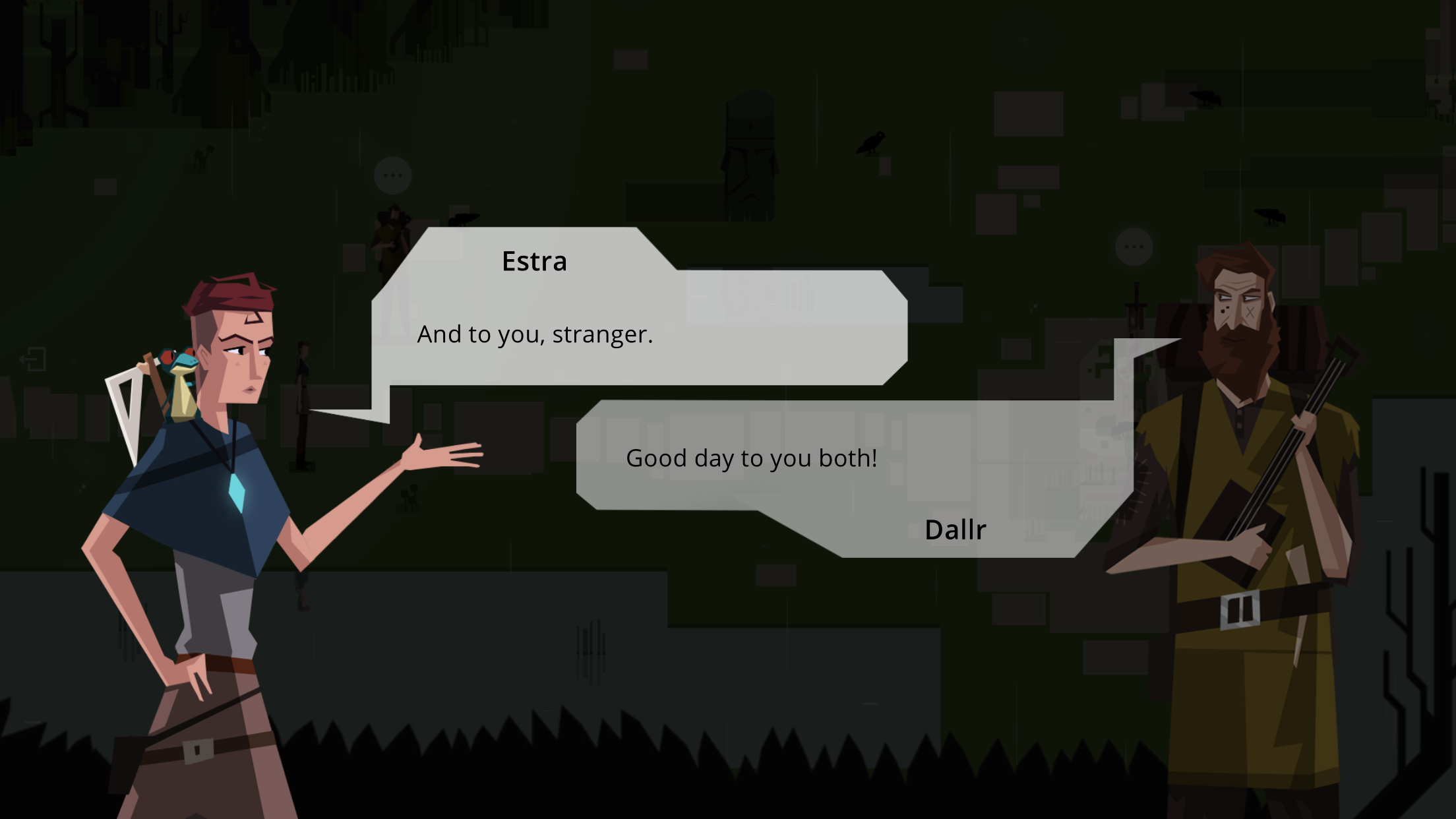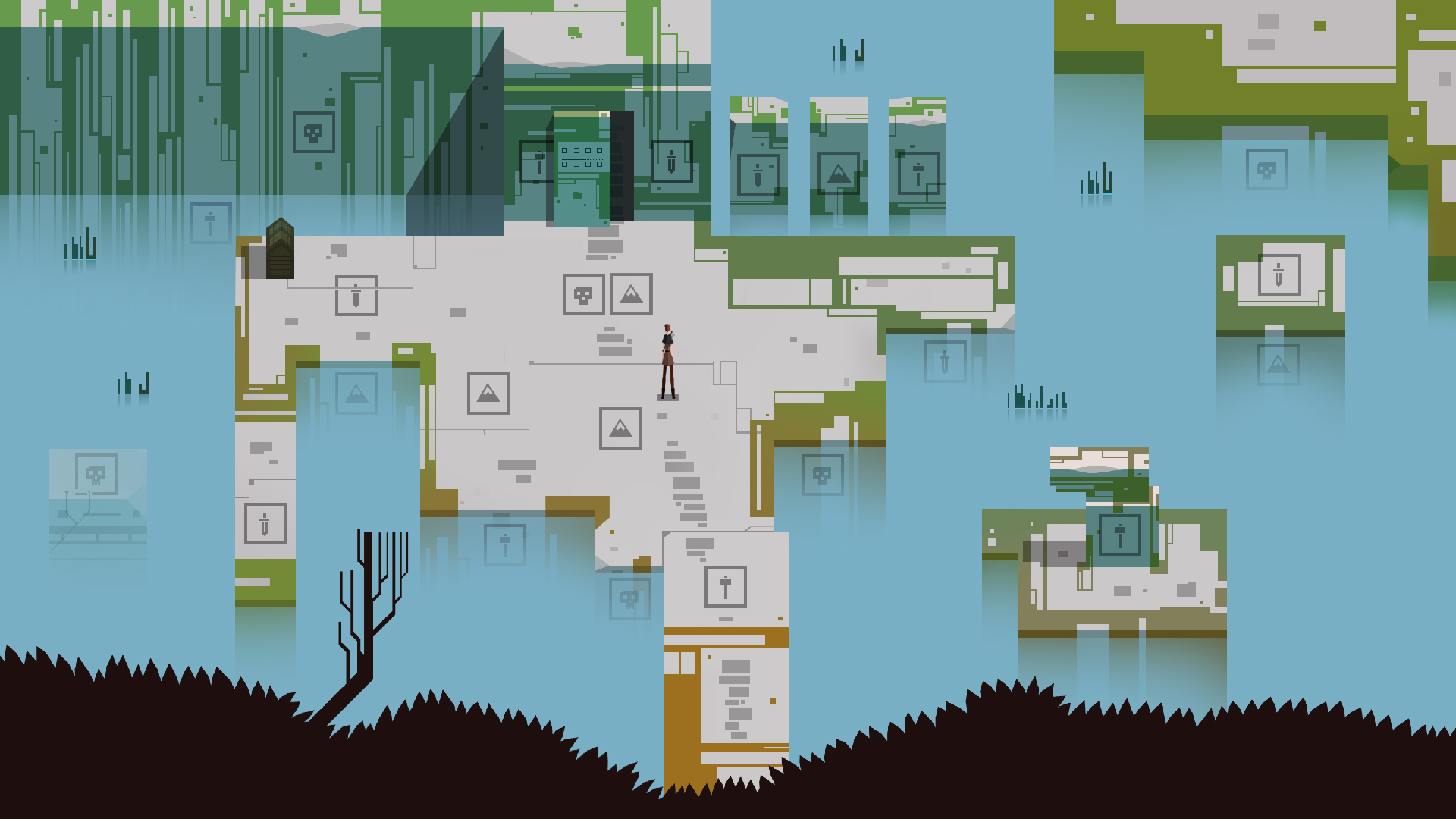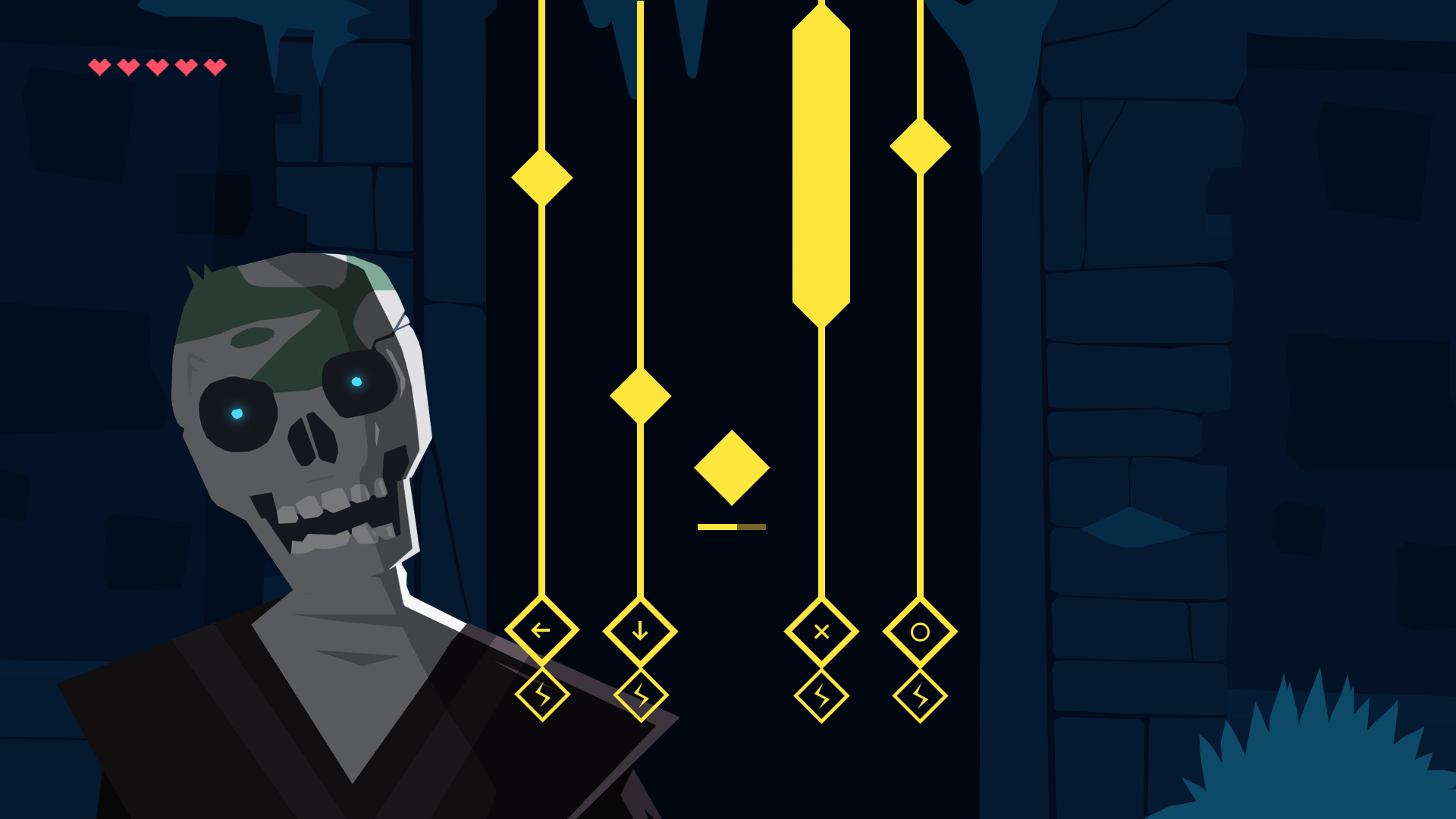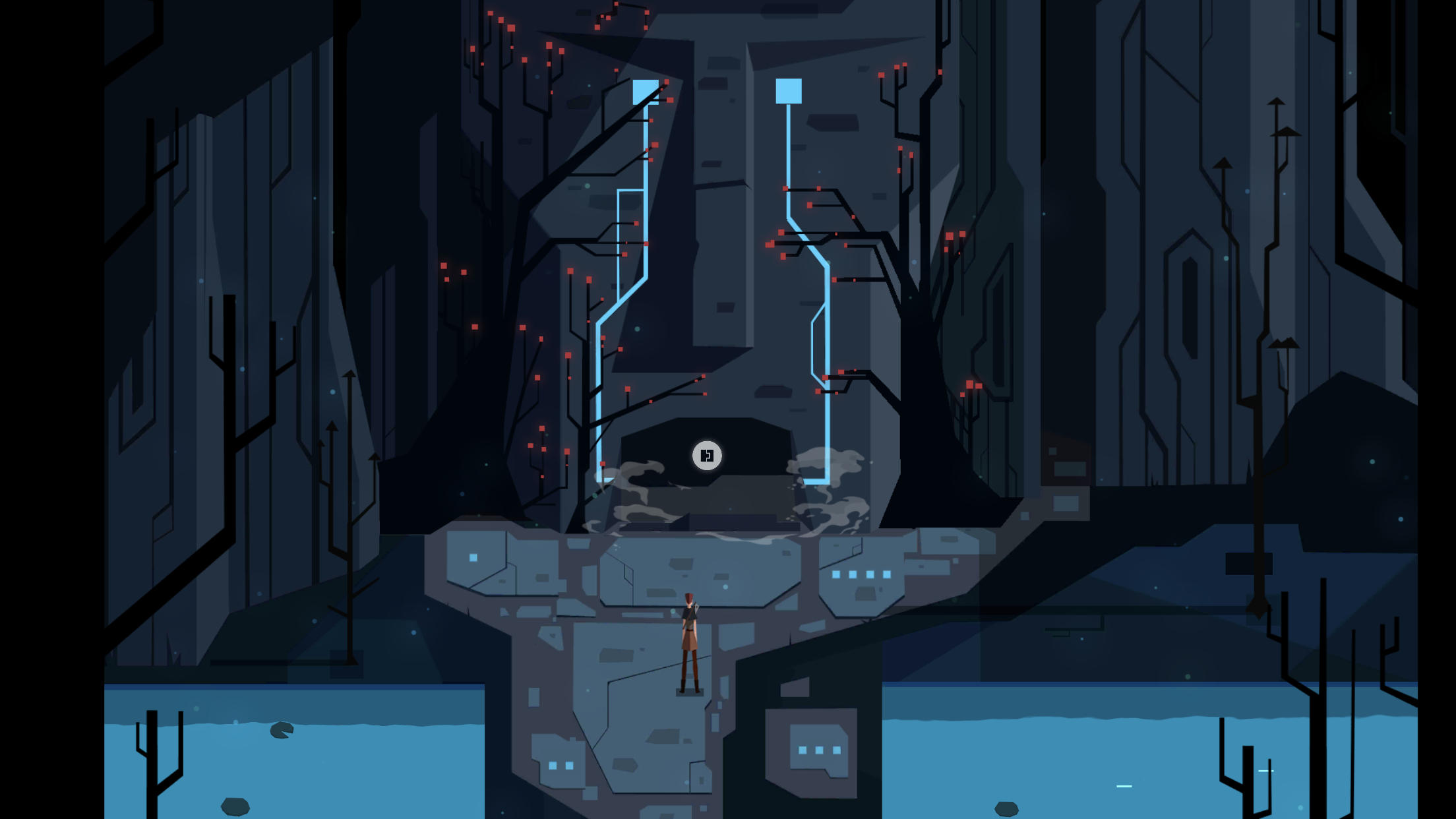Granblue Fantasy Relink is a strange beast to review in 2024. Originally announced more than seven years ago, entire gaming generations have come and gone in that time – new consoles, new graphical measurements, and entirely new audiences. Is it a product of its time, seven years ago, or is it up to date and impressively so, sitting alongside recent action JRPG hits like Tales of Arise or Xenoblade Chronicles 3?
It’s also strange because of how it was made and where it came from. An action RPG made by a studio that until that time had cut its teeth on a mobile gacha game. They assured fans that Granblue Fantasy Relink would not be gacha in any way and would do away with the entire ethos of the structure of its predecessor. Quite something in the era of Genshin Impact and mihojo’s other microtransaction-filled freebies. It was co-developed by Platinum Games at least for some portion of the seven years, albeit mostly in respect of combat, and seems to have had its own kind of development hell. So it’s all the more impressive that it made it out and kept its original vision largely intact.
And lastly, it’s a strange beast because it wears inspirations very much on its sleeve with a shrug. Music, character design, and a hefty amount of story inspiration have come from Final Fantasy alumni. I mean look at that logo – it has the same issues as Sakaguchi had breaking away from Squaresoft and not naming his games anything like The Last Story. Can Granblue Fantasy differentiate itself from the Final Fantasy inspiration and stand on its own, or does it sit firmly in big brother’s shadow?
Let’s plough these blue skies and see whether it makes it out on the other side.
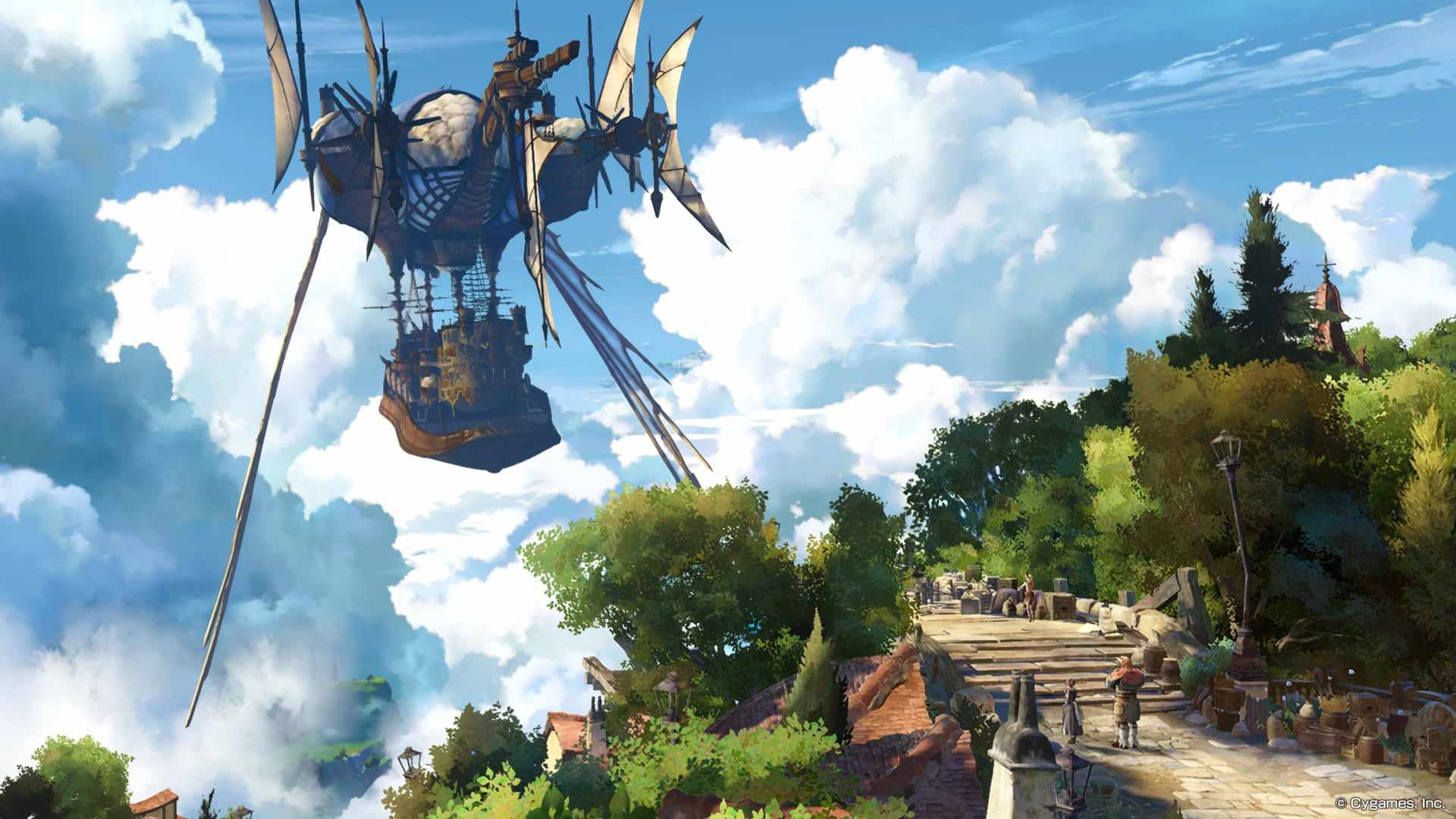
Relinkedin
Going in, most players’ first question is going to be do I need to have played the gacha game first? Do I need to have watched the anime? Where is this story set in the timeline? The bad news is that Relink starts somewhere in the middle, assuming relationships are established and the crew knows each other. Things start right in the middle of a storm, on the airship, crew all present. However, that said, the good news is you don’t need to play a whole gacha game to glean the necessary information – it’s too simple for that to be necessary.
Somewhat disappointingly, the main points of the previous story are available, but only as spoken word vignettes called ‘Fate’ episodes, that unlock as you play. These detail Gran and Lyria’s origins, how each member of the crew joined up, and other backstories besides. I wish it had been interwoven into the story in a better way, but at least it’s there, and I don’t have to play the mobile game to get the basic info. Even if you aren’t that interested it’s worth cracking through them, or skipping, as they give you stat boosts. Once you’re past the first few for each character they also catch up to the current timeline, feature bespoke individual quests and interlink more like skits from the Tales series.
So going into Relink, here’s your basic synopsis. Lead protagonist Gran and innocent blue-haired doll-like Lyria met at the start of the mobile game. Things went wrong and she ended up sharing her life force with Gran to save his life, leaving them forever linked. They escaped a pursuing empire, got a ship, adopted crew as they sailed between floating islands, and had lots of wholesome adventures. Very little of great import to the wider story happened. It’s episodic and it’s a gacha game, so you collected lots of crew members. At some point they discovered a map to an uncharted area of Skydom called Zegagrande and travelled there. Which is where Relink starts. With the wind in your hair and adventure in your heart. You really don’t need anything else.
As soon as the crew enters the uncharted Zegagrande airspace, Lyria’s bonded primal beast Bahamut is strangely affected and rampages, mauling the ship before they can get him back under control. They set down on the first island they find after falling from the ship and start hearing of other primal beasts, much like Bahamut, running amok. Something is causing them to act strangely. And so our meddling band of adventurers can’t say no to wholesomely helping others and getting involved.
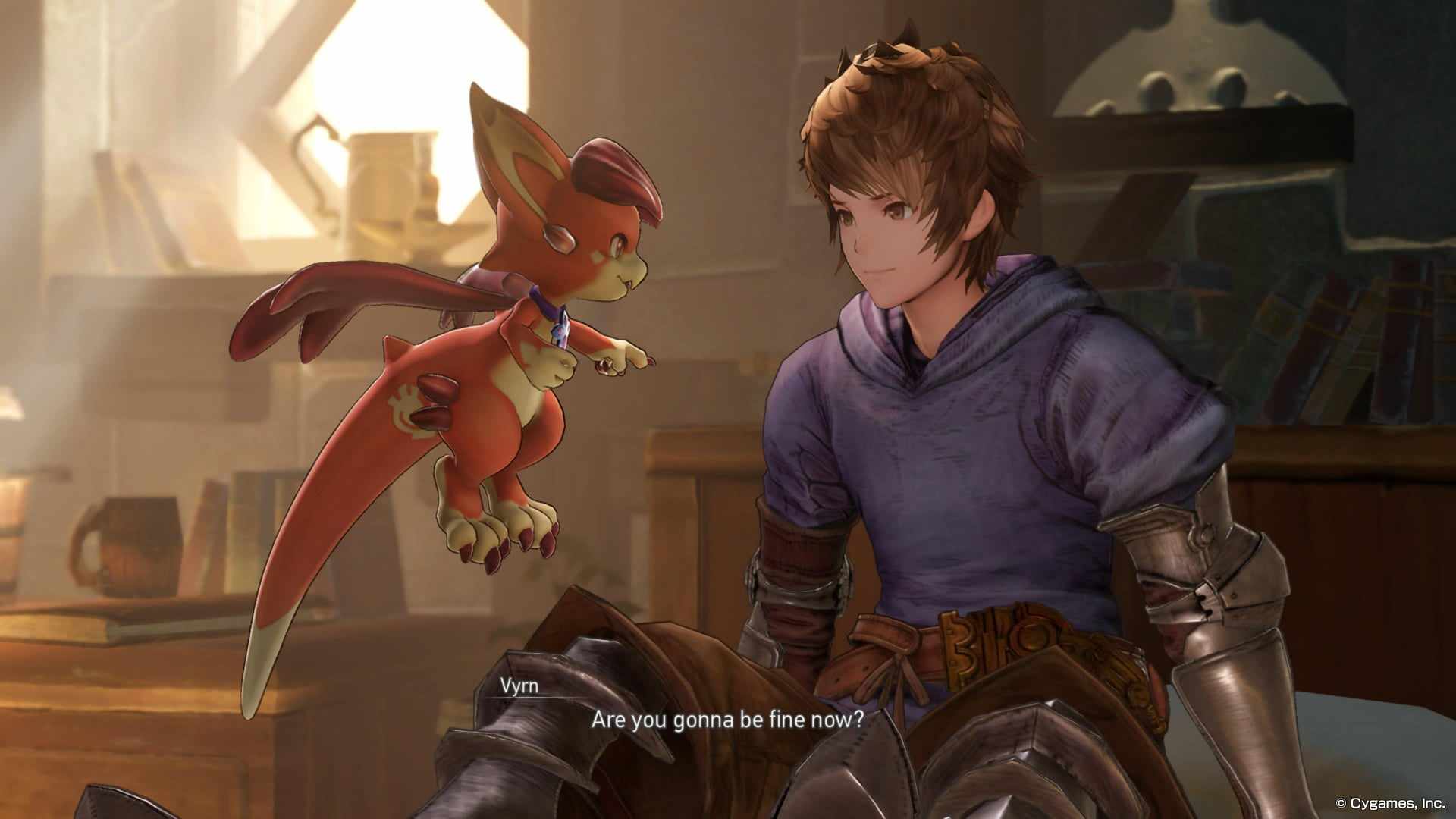
Missing Relink
I don’t want to give too much away, so I will steer clear of some plot elements, but essentially Gran and crew can’t help but gravitate towards anything regarding primal beasts and their control, due to Lyria’s powers. For much of the plot, this involves the machinations of the Church of Avia and their attempts to control primal beats for their own ends. Much like plenty of Tales games plots have been, it’s very much centred around these elemental summon-type monsters, and they form the bosses you will encounter.
There are six crew beyond Gran and Lyria; Vyrn, Gran’s trusty mini-dragon; Rackam, the pilot; Katalina, Lyria’s protector; Io, a young witch; Eugen, an old pirate; and Rosetta, another witch. You’re also joined by a couple of NPCs, most notably Rolan, who is the mayor of the first island you help. Characters are generally pretty shallow, even the ones with more backstory like Lyria. She’s an disappointingly empty-headed innocent who’s meant to be lovable, but just feels like a ‘born-sexy’ fantasy. She’s too perpetually positive to feel real. Most of the crew suffer from these overly sparkly personalities, and while I don’t wish for dour characters, it’s grating when everyone just feels like an anime caricature. That said they do grow on you, and I found myself warming to Katalina, Rackam and Io in particular. Even with a number of grating voices, they aren’t as bad as your average Star Ocean crew.
It’s a fun story, with fun shallow characters, that doesn’t take itself very seriously and is far more concerned with quickly getting you to fun set pieces and spectacular battles than it is with fleshing out anything about lore or worldbuilding. It’s one of the shortest JRPGs I think I’ve ever played with a main quest clocking in at only 15 hours. But those 15 hours never really let up. From storming islands, to boarding enemy airships mid-flight, to taking on massive scripted-battle primals, or mecha in the desert – it was a wild ride. One that I appreciated had done away with most of the dull and time-consuming chaff that often comes along with the package in JRPGs.
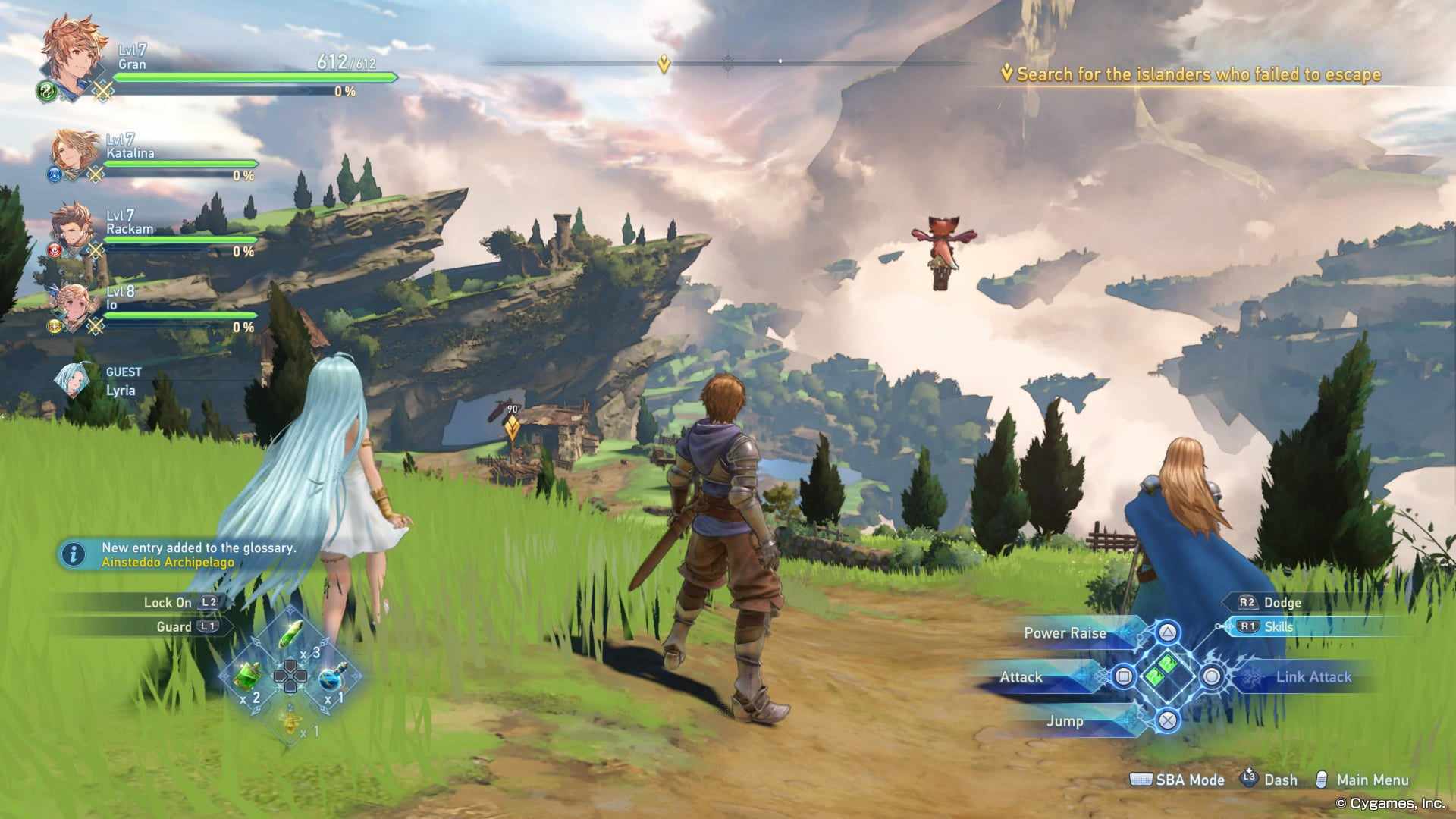
Weakest Relink
Granblue Fantasy Relink is an action RPG with battles happening organically across the field and dungeon areas. You can control Gran, but you are able to swap to any other character in the crew. You need to pick your combat team of three along with non-playable help in the form of Vyrn or Lyria. Your player character can dodge, block and jump (virtually as high as John Carter) to your heart’s content. Beyond combat which I’ll cover in more detail, you’ll be finding chests, exploring a couple of towns and a handful of dungeon islands on your way to the credits.
The exploration and field side of Granblue Fantasy Relink can feel a little shallow. There’s only really two hub towns to visit – Folca and the city of Seedhollow a little later. They have a scattering of NPCs offering fetch-quests, and many dozens who don’t, and they can look exceptionally pretty and alive. But that’s it. There’s literally just two of them. The other half-dozen islands you can visit are dungeons – the obligatory ice dungeon, volcano dungeon, desert dungeon etc. It can feel very small for a game about expansive limitless sky and adventure. Where it shone the most was the more plotted airship sections and the great bosses.
Relink betrays its mobile heritage a little in quests. There is a quest ‘guild’ in both towns and they give out little Monster Hunter-like quests, basically go here and fight, or fight this boss again type stuff. Battles are rated with MVPs and raid-like stats, beyond your usual EXP and item screens. It’s all heavily gamified and scripted, and no side quest ever came naturally via some part of the story. There’s also a whole weird level capping and ‘shards’ situation in terms of levelling up your weapons that feels very much like Relink is having to reuse gacha items and episodic caps left over from the mobile game, where none was needed here. I got a real Genshin vibe from this structure, that I did not like.
However, I must stress I never actually encountered a reroll, or a microtransaction, or a chest to get an RNG item/character/weapon. There is thankfully none of that, just these strange holdovers that seem out of place. You can earn and use character cards which unlock one of some twenty characters from the mobile game up to this point, but it’s not random or lootbox based. While these characters get little to no screen time in the plot, they have all been given ‘Fate’ episode so you can find out about their stories, along with their respective unique weapons, skills and combat styles. It’s a big plus if you actually are familiar with the previous game and want to use particular characters, and you have that knowledge and history with them.
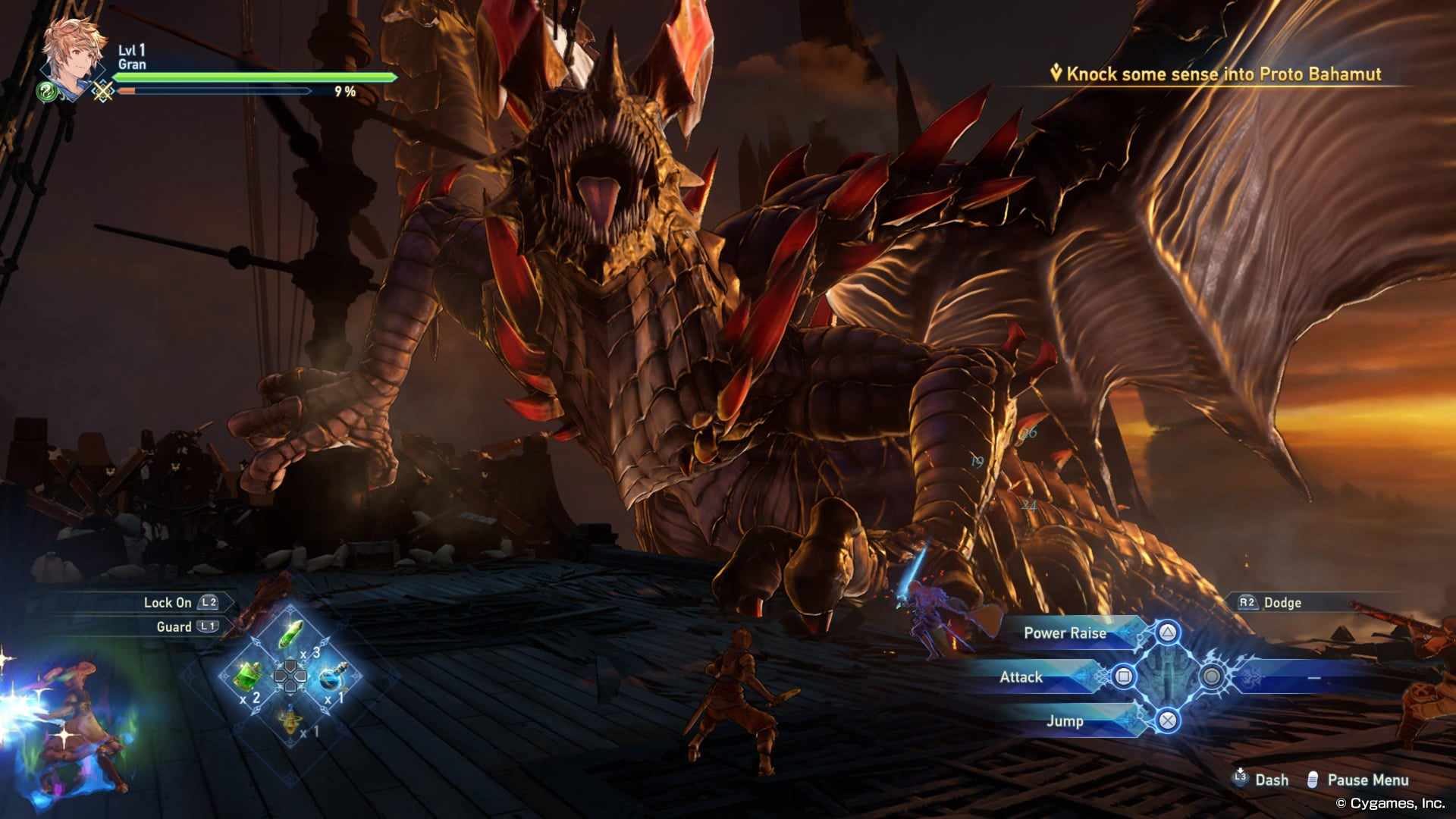
Relink to the Past
Combat in Relink is a lot of fun. On the one hand, it’s chaotic – run around the whole field, slashing dodging, multiple skills, fireworks, and magic flying everywhere. On the other, it’s heavily scripted and can often feel like an event, or like your Arts don’t really build up unless you’ve done enough damage. I’ll explain.
You can hit, dodge, and block, and there’s real timing to it, which gives this action RPG some depth. You build up skills over time which you can unleash for more damage, you build to ‘link’ attacks with your teammates, and you build up to ‘Skybound Arts’ attacks for massive damage. Bosses have a stamina gauge that can be broken for a period of extra damage, but if they do well against you, they actually get an overdrive bonus of their own, where it’s pretty much just in your best interest to dodge to the best of your abilities and survive it. Big attacks are telegraphed a bit like a souls game with a big red aura, or a red area on the ground, giving you time to react. Combat is really quite interactive and though you do spend some of it mashing attacks, there was far more to it than some action RPGs.
Though they are called link attacks, there’s little in the way of a link system, or linking with crewmates. When given a prompt, you can help out a party member with a nice powerful link hit, which sometimes slows the enemy for added damage. And if you can all get your Skybound Arts in around about the same window of time, you get a bigger four-way massive attack. That’s all nice, but that’s about it. When I first saw the links and the talk of bonds and the title Relink, I thought this might be more involved, like a Persona-style bond system that increases stats for a particular character pairing, or unlocking attacks for particular characters. Nope, nothing is that complex here. The attacks come and they come no matter who is in the party, and can feel like you did nothing much to make it happen.
Bosses are where the scripted feel really hits home. Battles with bosses have stages and trigger points where you move to a new area mid-fight, or they change attack style. But it can feel arbitrary whether your attacks prompt the build-up of Skybound Arts, and the unleashing of a Skybound Art four-way attack often felt like the trigger for the fight to move on, regardless of how efficient or damaging I’d been. Characters seemed to suddenly earn the rest of their Skybound art gauge in a few nano-seconds when it was needed to pull off a big attack, where they’d had barely anything moments earlier. It all feels a bit staged – staged to achieve epicness, but at the expense of battles feeling genuine.
You can look at it as if you have less control over the battles than you think, or you can appreciate the sheer epic battles for what they are. Climbing up a mega mech in the desert, jumping from your airship to another and knocking it out of the sky, building up to those four-way arts just in the nick of time – these can all feel pretty awesome and as a spectacle, Relink really goes for it. The bosses and set-pieces give Final Fantasy XVI and its recent Dominant battles a run for their money.
Finally, I hope you do enjoy them, because on your way through the final dungeon and its lead-up, you are just fighting the same five or so massive scripted primal beast battles all over again.

Relinkin Park
Graphically Granblue Fantasy Relink is impressive throughout. You can often see great vista for miles in front of you, floating islands heading past, or airships volleying overhead while you’re fighting. Nothing ever really stuttered or got stuck, and the load times were so little I barely noticed them until I started to write this. Animation is also of note. Where JRPGs can often scrimp on animating their character models all that much in favour of putting time and money into long hours of content, Granblue does the opposite, having expressive characters and battles, but much less content.
Dialogue and the overall script is of the TikTok ‘so that just happened’ variety. It’s bad in places. But the voice cast are all dab hands who can deliver completely ridiculous lines without missing a beat or sounding the slightest bit disingenuous. They’ll be a lot of voices you recognise if you’ve played many other anime-style video games, but these are the good ones. Music is good throughout, appropriately epic and nuanced, and even memorable in a few areas. The ice dungeon especially put me in mind of Final Fantasy XIII and its oft-overlooked chime-filled themes.
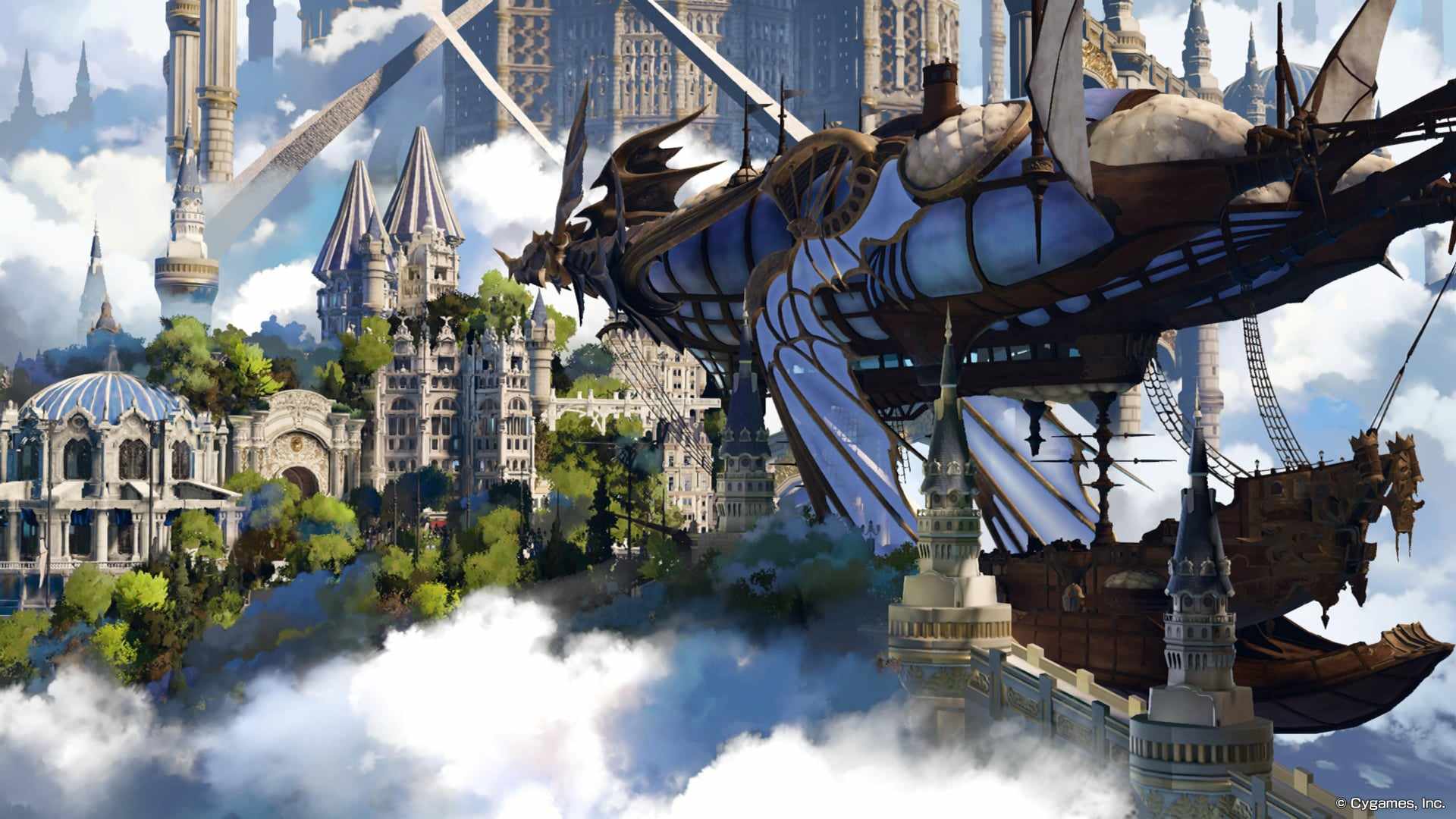
Relink Later
Granblue Fantasy Relink is a short but sweet JRPG. It respects your time, making everything easy to reach and questing largely automatic. The story jumps from spectacle to spectacle, from impressive boss to action-packed airship boarding, and rarely hits you with any downtime or boredom. Dungeons only really appear in the second half and they’re relatively short and streamlined. It throws EXP and levels at you so you rarely need to grind. Granblue on console is the JRPG for the player who has 20 hours, not 50+. This is high-octane and over the top, and it’s the opposite of something like Persona.
But it doesn’t respect your intelligence much. Dialogue is poor, writing is poor, the explanations are rarely present, and the plot is about as deep as a puddle. You rarely ever meet anyone of consequence and if the lore and history is there, it was buried too deep for this player to find. It’s an adventure, it’s pulpy, and it really just wants to get on with the action.
And that’s fine too. I found Granblue Fantasy Relink really easy to pick up and play and it suits a timetable where you don’t have many hours to play at once. Graphically it’s stunning, and it’s clear much time and effort went into animation where this is often rare in JRPGs. There’s some replayability and end game content after the credits roll, but it was mainly just more Monster Hunter-type quests that got progressively harder, which I didn’t find inspiring.
Because it’s so quickfire and retains some of its mobile heritage, it struggles to be that immersive. You can see the structure and the game too much. It is derivative of Final Fantasy and Tales, and a fair few older RPGs, but I’m not sure that’s a mark against it. If anything it didn’t do enough to scratch the itch it looked liked it was going to scratch. And lastly, seven years is a very long time to deliver a 15-hour experience. What was happening during those years? The animation and the parts of it that are here are impressive, but it’s somewhat disappointing after seven years, that I can finish the whole thing in an intensive weekend.
An intense and fun experience, Granblue Fantasy Relink sits at the short but spectacular end of the JRPG spectrum. Running to some 20 hours all told, and maybe retaining a few too many of its mobile influences, you’ll wonder why it took seven years to release. But hey, with the wind in your hair, the ride is still a sweet one.

Granblue Fantasy Relink is available from 1st February 2024 on PlayStation 5 (review platform), PlayStation 4 and PC via Steam.
Developers: CyGames
Publisher: CyGames
Disclaimer: In order to complete this review, we were provided with a promotional copy of the game. For our full review policy, please go here.
If you enjoyed this article or any more of our content, please consider our Patreon.
Make sure to follow Finger Guns on our social channels. Twitter, Facebook, Twitch, Spotify or Apple Podcasts – to keep up to date on our news, reviews and features.
